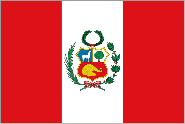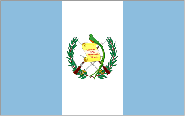Natural Resource Management
Taxonomy Term List
Readiness for the National Adaptation Plan Process in Argentina
The project supported the Government of Argentina in establishing its adaptation planning process. This involved identifying gaps, capacity building, and integrating climate change considerations across national, regional, and local levels. By doing so, the project facilitated the assessment and reduction of vulnerability to the adverse effects of climate change by integrating climate change adaptation into the country's development strategies.
The scope of the project included the preparation of the National Adaptation Plan (NAP) with a regional and multi-sectoral approach. Additionally, it involved the development of a system to monitor and assess adaptation needs and measures under the Law 27250 Minimum Standards for Adaptation and Mitigation to Climate Change (Ley de Presupuestos Mínimos de Adaptación y Mitigación al Cambio Climático). To achieve the proposed outcomes, the project developed a communication strategy on climate change adaptation, carried out a series of studies to identify adaptation options, and supported inter-sectoral and inter-jurisdictional collaboration within the framework of the National Cabinet on Climate Change (NCCC), the Federal Environment Council (COFEMA), and the National System for Comprehensive Risk Management (SINAGIR).
In recent years, Argentina has made decisive progress in planning and implementing measures to adapt to climate change. The National Communications on Climate Change have made valuable contributions, such as providing information, conducting diagnoses, and identifying various information gaps. Within the framework of the National Climate Change Cabinet (NCCC) work, several sectoral initiatives that are directly or indirectly related to climate change adaptation were identified, as well as other information and capacity needs.
This project, funded by the Green Climate Fund (GCF) NAP Readiness Programme, aimed to deepen this work by supporting National Adaptation Plan (NAP) development. This involved facilitating the evaluation and reduction of vulnerability to the adverse effects of climate change by integrating climate change adaptation into Argentina’s development strategies.
The “Readiness for the National Adaptation Plan Process” project was launched in March 2019 to support Argentina’s efforts to assess and reduce climate change vulnerability by integrating climate change adaptation into the country's sustainable development. To achieve this goal, the project aimed to build adaptive capacity and resilience. It sought to integrate climate change adaptation into both new and existing policies, programmes, activities, and development planning processes and strategies across relevant sectors at different levels.
In particular, the project supported the Government of Argentina to:
1) Establish a national process to coordinate adaptation planning at all relevant scales with a medium and long-term perspective.
2) Identify capacity gaps and strengthen capacities for adaptation planning and implementation, integrating adaptation to climate change into national, provincial, and municipal development planning processes.
3) Support the preparation of the NAP with a regional and multi-sectoral approach in the framework of the National Climate Change Cabinet.
4) Establish a system for monitoring and assessing needs and adaptation measures.
5) Design a communication strategy on adaptation to climate change, focusing on the most vulnerable populations and improving climate information services; and
6) Support inter-sectoral and inter-jurisdictional collaboration within the framework of the National Cabinet on Climate Change.
In most of non-Patagonian Argentina, the average temperature has increased up to half a degree between 1960 and 2010, with smaller increases in the center of the country. These changes have already affected natural and human systems, and according to climate projections, impacts will intensify. More frequent and intense rainfall has resulted in more frequent floods, while dry winter periods have become longer in the west and north of the country. This has adversely affected water availability for some populations, increased the risks of grassland fires, and caused livestock stress.
Argentina has committed to addressing climate change adaptation systematically and inclusively through actions and initiatives articulated in its National Adaptation Plan, its 2016 National Determined Contribution (NDC), and it’s second NDC in 2020. The NDCs and further work implemented within the framework of the National Cabinet on Climate Change detected various information gaps and sectoral initiatives that are directly or indirectly linked to climate change adaptation. The project focused on addressing these identified gaps, including establishing a baseline for the country's adaptation situation and initiating a participatory planning process.
The project goals were achieved through three main outcomes and their corresponding activities.
Outcome 1: Institutional strengthening and coordination for the formulation and implementation of the NAP process
Activities under this outcome focused on initiating the NAP process at the national level under the framework of Law 27250 and focused on strengthening governance and institutional coordination for adaptation planning. This involved developing an appropriate strategy and relevant institutional arrangements and support, such as the formalization of the External Advisory Council through consultation with representatives of civil society organizations, political parties, academia, and Indigenous people, and setting clear groundwork. The strategy outlined clear responsibilities for government ministries and departments, specified milestones and expected outputs of the NAP process, and improved coordination and cooperation mechanisms. The approach included participatory and inclusive approaches with Indigenous communities and others to identify climate risks, impacts, and subsequent mitigation strategies. This extended to the participatory formulation of the National Adaptation Plan and support for provinces in developing Subnational Response Plans. Regulatory support further strengthened the National Climate Change Cabinet, which approved the National Plan for Climate Change Adaptation and Mitigation.
Outcome 2: Awareness raising and capacity building
This outcome built capacities to reduce vulnerability to climate change and facilitate the integration of adaptation into development. A comprehensive education, awareness, and communication strategy in climate change adaptation was created encompassing various components, such as education, awareness, access to public information, citizen participation, culture, and international cooperation. A national-level social perception study facilitated the elaboration of this strategy and evaluated audience needs and preferences. Moreover, the Climate Risk Maps Platform (SIMARCC) was updated, functioning as an interactive tool that identifies climate change risks by illustrating communities and ecosystems with the highest socio-environmental vulnerability.
Training was conducted to promote the evaluation, planning, and implementation of adaptation measures. Workshops and training sessions strengthened subnational climate teams, equipping officials at that level with the necessary tools for the development of adaptation plans. Furthermore, private sector engagement was catalyzed through the launch of the Climate Action Agreement with the Private Sector. This aimed to facilitate collaboration between public and private sectors to achieve Argentina’s climate commitments through a platform for exchange and continuous training.
Outcome 3: Baseline definition; formulation of NAPs; implementation, monitoring and reviewing
Outcome 3 involved broad climate risk analyses identifying ‘adaptation deficits.’ This included vulnerability assessments at specific planning levels within the national context that can inform impactful adaptation solutions.Various studies were conducted on topics such as transport supply chains, regional economies, social vulnerability, economic impacts of climate change, health, and cultural heritage to facilitate risk analysis and identify adaptation options. The project also supported the elaboration of provincial adaptation plans by hiring individual consultants to strengthen the provincial climate teams. Risks and needs at the regional level were identified following economic loss estimates and sector-specific damage assessments.
In collaboration with provincial teams and civil society, a multi-criteria analysis tool was developed to prioritize adaptation measures within the NAP. Measures were prioritized based on their contribution to short- and long-term sustainable socioeconomic development, costs, effectiveness, and efficiency at national and subnational levels. Additionally, efforts were made to identify existing adaptation initiatives within national government areas. Moreover, a strategy for implementing and monitoring the NAP, involving priority measures, was developed. This included the design of the NAP monitoring, evaluation, and learning (MEL) system.
Outcome 1: Institutional strengthening and coordination for the formulation and implementation of the NAP process.
Outcome 2: Awareness raising and capacity building.
Outcome 3: Baseline definition, formulation of NAPs, implementation, monitoring and reviewing.
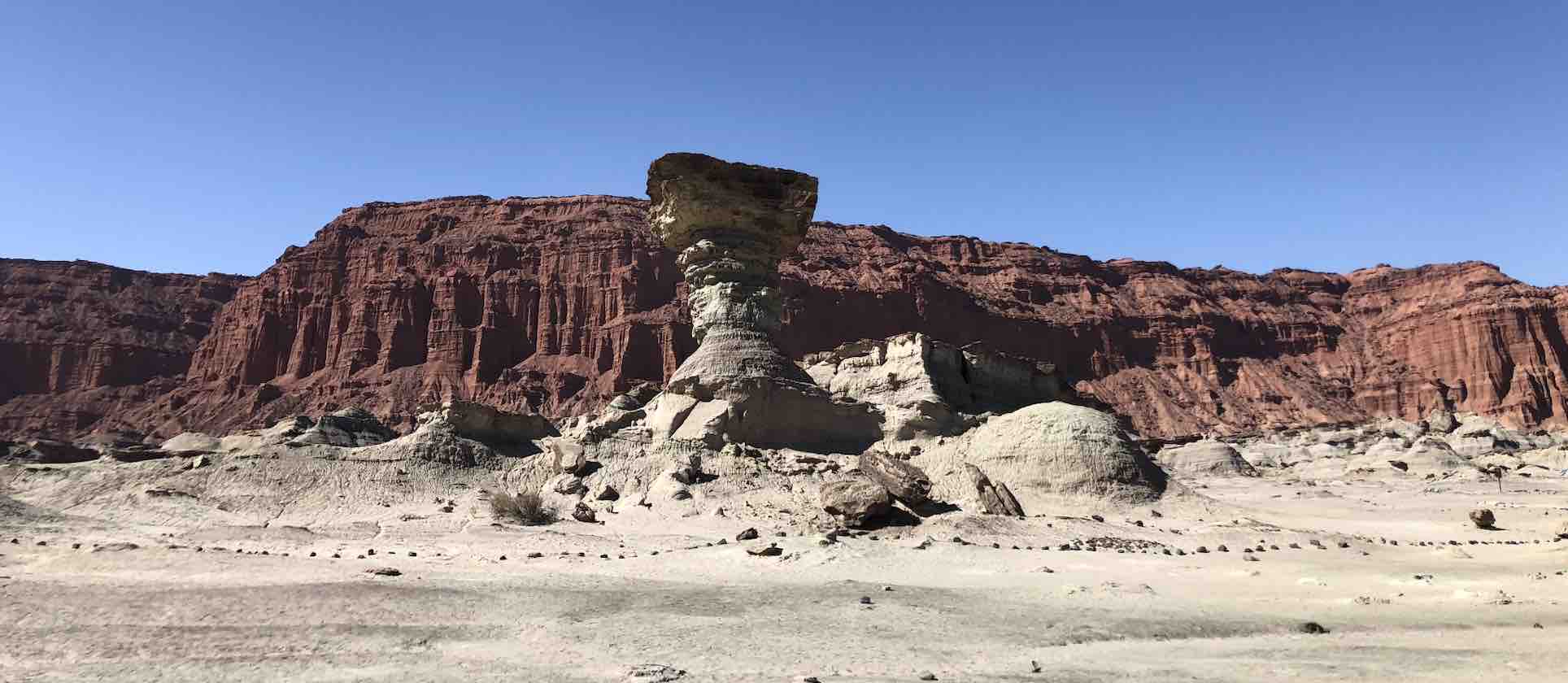

Readiness for the National Adaptation Plan Process in Bosnia and Herzegovina
The project “Advance the National Adaptation Plan (NAP) process for medium-term investment planning in climate sensitive sectors in Bosnia and Herzegovina (B&H)” supported the Government of Bosnia and Herzegovina to advance the National Adaptation Plan (NAP) process and reach goals outlined in the Paris Agreement and 2030 Agenda for Sustainable Development. The project activities enabled the government to integrate climate change-related risks, coping strategies and opportunities into ongoing development planning and budgeting processes.
Bosnia and Herzegovina’s National Adaptation Plan (NAP) builds on the country’s Climate Change Adaptation and Low Emission Development Strategy of 2013. The strategy is based on four specific outcomes: supporting evidence-based policy development for climate change risks, vulnerabilities and opportunities; creating effective institutional and regulatory frameworks; mainstreaming climate change adaptation approaches into decision making; and effectively assigning resources and reaching implementation goals. The implementation of the strategy has slowed mainly due to lack of knowledge and institutional capacity to undertake adaptation measures.
To overcome these challenges, the project advanced adaptation planning in B&H with a focus on sectoral approaches, upgrading the knowledge base for adaptation, prioritizing adaptation interventions for the medium term, building institutional capacities for integrating climate change adaptation, and demonstrating innovative ways of financing adaptation at sub-national and local government levels. The project activities resulted in the compilation of a NAP and an implementation strategy focused on scaling-up adaptation in key sectors for the medium-term. Through the project, the Government of Bosnia-Herzegovina developed municipal-level investment financing instruments with public and private sector engagement, and built national, sub-national and sectoral capacity to integrate and mainstream risk informed planning and budgeting.
Extreme climate events in Bosnia and Herzegovina are becoming more frequent; with seven out of the past 16 years experiencing drought and frequent floods. Annual temperature increases and change of precipitation are resulting in extreme weather conditions: heat waves, waves of extreme cold, and windstorms. The economic damages are vast, especially in the water, agricultural and housing sectors. The total economic impact of the 2014 floods is estimated to have reached EUR 2.04 billion, or 15 percent of the country’s GDP in 2014.
The NAP process in Bosnia and Herzegovina was officially launched in 2016 with a national consultation that engaged sector ministries and local government units via associations of cities and municipalities in Republika Srpska and Federation of B&H. B&H has put great emphasis on climate change as one of the most significant development challenges facing the country. The importance of adaptation was clearly reflected in its National Communications to the UNFCCC and Climate Change Adaptation and Low Emission Development Strategy (CCA LEDs), adopted in 2013. This strategy is based on four specific outcomes covering climate change risks, vulnerabilities and opportunities supporting evidence-based policy development, effective institutional and regulatory framework, mainstreaming CCA approaches into decision making, and effective resourcing with timely and effective implementation. However, its implementation has slowed mainly due to lack of knowledge and institutional capacity to attract finances and undertake adaptation measures.
The main identified barriers are:
- Limited institutional capacities and weak vertical and horizontal coordination for adaptation planning and implementation caused by complex administrative structure and top-down approach, limited stakeholders’ participation in B&H strategic planning for adaptation, inadequate level of technical knowledge on climate change adaptation of staff in sectoral ministries, limited training on climate change issues and low capacity to monitor, forecast, archive, analyse, communicate, and use climate risks and impacts for sectors.
- Limited climate Information to support integration of climate change into planning and budgeting due to limited scientific data and information on climate impacts and vulnerability assessments, limited knowledge of current climate variability, and a lack of systematic information on environmental protection.
- Alternative sources of finance, including innovative funds are not optimized as neither climate change adaptation, nor disaster-risk reduction (DRR) activities are included in budgeting on any level (municipal, cantonal, entity), and effective finance plan for securing adequate funds from a range of sources for adaptation does not exist.
The key results of the project include:
- An institutional framework to coordinate adaptation processes was established. The framework is based on four levels (NDA, nominated institutional coordinators, nominated interagency working group, and formed multi-disciplinary NAP drafting team).
- The first BiH NAP document was drafted identifying most vulnerable sectors and necessary adaptation actions in agriculture, water management, biodiversity, forestry, human health and tourism, with planned actions estimated over US$4.2 billion. Information on climate change impact and scenarios have been upgraded and vulnerability assessments have been completed for the most vulnerable sectors agriculture and water. The NAP document is currently under adoption at the state level.
- The Standard Operating Procedures (SOPs) for horizontal and vertical institutional cooperation on climate data exchange as well as the corresponding M&E framework have been adopted as part of the NAP document. The SOPs will enable cross-sectoral climate data/information exchange to support an effective monitoring and evaluation (M&E) framework, track implementation and assess the effectiveness of adaptation actions taken to enable regular updates of the NAP.
- The Project supported adjustments to the regulatory framework necessary for successful implementation of climate change adaptation activities in the country and for meeting B&H’s obligations to the EU and the UNFCCC. This included amendments to the Law on Environment and development of strategic documents related to flood risk management to achieve alignment with the EU Approximation.
- The NAP Communication Strategy has been developed and implemented leading to the development of numerous communication products to increase knowledge and awareness on adaptation processes including a presentation at the COP 26. Project stakeholders are particularly proud of the Photo Essay on adaptation activities and potential for actions in B&H cities, which was also shared by the GCF.
- Studies on the socio-economic impacts of climate change on hydro-energy potential for two river basins (Trebisnjica and Vrbas) were undertaken, as well as a Study on socio-economic impacts of climate change on agriculture in one of most productive agricultural areas within the Sava Basin. These studies constitute the basis for informing planning and implementation of adaptation actions in water management and agriculture sectors.
- Studies assessing risks of urban torrential waters were conducted in two pilot cities (Tuzla and Banja Luka) and adaptation options were developed to improve adaptation planning in local communities.
- Trainings were conducted to build capacity of over 900 government staff for assessment, prioritization, and implementation of climate change adaptation actions as well as for development of reporting, monitoring and review mechanisms.
- Climate change data management system has been designed for the first time in B&H to enable climate data collection, exchange and assessment. The Platform is based on agreed SOP and the corresponding M&E framework will enable regular update of the NAP and other climate reports, tracking of climate data trends, implemented adaptation actions and its effects.
- Finance mechanisms, tools, and new financing approaches for adaptation finance are developed in four municipalities (Laktasi, Zenica, Sanski Most and Trebinje) to enhance adaptation investments at the local level. All four municipalities have developed and adopted their local Climate adaptation finance strategies and investment plans, developed project concepts, and were trained on adaptation finance mechanisms, benefiting over 320 participants from the four pilot municipalities.
- The Project developed two GCF Project Concept Notes (for water and agriculture sectors as the most vulnerable to climate change) and prepared the first Climate Adaptation Finance Strategy at the country level.
Outcome 1: Effective national adaptation coordination system established to drive the NAP process
Outcome 2: Capacity for climate vulnerability assessments, development of socio-economic scenarios strengthened, and adaptation options prioritized for two key sectors
Outcome 3: Innovative financing strategy for adaptation investments developed and tested in four to five selected municipalities
Exposure story: A race against nature (2019)
Exposure story: Giving trees (2019)
Exposure story: Fixing farming (2019)
Exposure story: Managing risk (2019)
Choosing peaches over apples (2021)
True Value (2021)
The Peak of Resilience (2021)
Climate change academy trainings held (2021)
Changing what we eat to help the planet (2021)
Exposure story: Financing for survival (2022)
Exposure story: Cities at the crossroads (2022)
NAP Bulletin PDF (2022)
NAP Bulletin PDF (2021)
U Tesliću održan okrugli sto na temu prilagođavanja klimatskim promjenama u Bosni i Hercegovini (2022)

Enabling an effective National Adaptation Plan process for Tajikistan
The overall goal of the project is to establish the institutional arrangements and capacities to develop and execute the National Adaptation Plan (NAP) to further an overarching approach to adaptation planning and implementation in Tajikistan. The NAP process assists the country’s government in mainstreaming climate change adaptation in policy and planning processes at the national and sectoral levels, enhancing capacities to identify key vulnerabilities and develop effective climate change adaptation projects. Successful design and implementation of a National Climate Change Adaptation Strategy will result in enhanced adaptive capacity and will improve the country’s ability to mobilize private and public sector finance from domestic and international sources to support a pipeline of adaptation and resilience building activities.
The "Enabling an effective National Adaptation Plan (NAP) process for Tajikistan" project supports the Government of Tajikistan to establish the institutional arrangements and capacities to develop and execute National Adaptation Plans to further an overarching approach to adaptation planning and implementation in the country.
Tajikistan has already started to feel the effects of climate change. Temperatures in Tajikistan have consistently increased since the 1930's at an average rate of 0.1˚C/decade. Climate-induced extreme weather events (such as floods, droughts, heatwaves, landslides and avalanches) are expected to increase in both frequency and intensity as a result of warming. Almost one-third of the population lives below the poverty line, which adds significantly to the climate risk vulnerability of a country that is already identified as the most vulnerable among all European and Central Asian countries. Climate change could adversely affect Tajikistan through impacts on social, cultural, economic, and natural resources. The relatively low level of socio-economic development, inadequate infrastructure, and high dependency on climate-sensitive sectors make the country extremely vulnerable to climate-induced extreme events.
The Government of the Republic of Tajikistan has made commitments to confront the challenges of climate change and to implementing the commitments made in its Nationally Determined Contribution. At the national level, to achieve its adaptation goals the Government of the Republic of Tajikistan has developed a National Climate Change Adaptation Strategy (NCCAS), which is a long-term statement of priorities with respect to climate change adaptation. The current project addresses identified gaps and barriers to implementation and is consistent with the Government of the Republic of Tajikistan’s vision for the NAP process.
The following results are expected to be delivered through the three outcomes of the project:
- Committee on Environmental Protection is strengthened as the lead agency and coordinating body for climate change adaptation.
- Statistics Agency develops and implements national indicators and reporting methodology for climate change adaptation planning and implementation.
- Climate Change Center knowledge management capabilities are strengthened.
- Mainstreaming of climate change adaptation in priority sector planning and regulatory frameworks is advanced.
- Priority sector vulnerabilities and adaptation options are identified.
- Long-term climate change adaptation capacity development program is established and implemented.
- Establish and institutionalize a financing mechanism for the NAP/NCCAS/NDC implementation.
- Sub-national capacities for climate change adaptation mainstreaming, planning, and project implementation are enhanced.
- Private sector is engaged in climate change adaptation activities at national and sectoral levels.
Project updates
- The Steering committee has been established with representation of key national institutions and stakeholders.
- The intersectoral working group on integration of climate change adaptation measures into the national planning has been established.
Outcome 1: Governance, coordination and institutional arrangements for climate change adaptation planning and implementation strengthened
Outcome 2: Priority sector adaptation plans developed, capacities strengthened, and long-term capacity development program established
Outcome 3: Implementation capacities for climate change adaptation is strengthened.
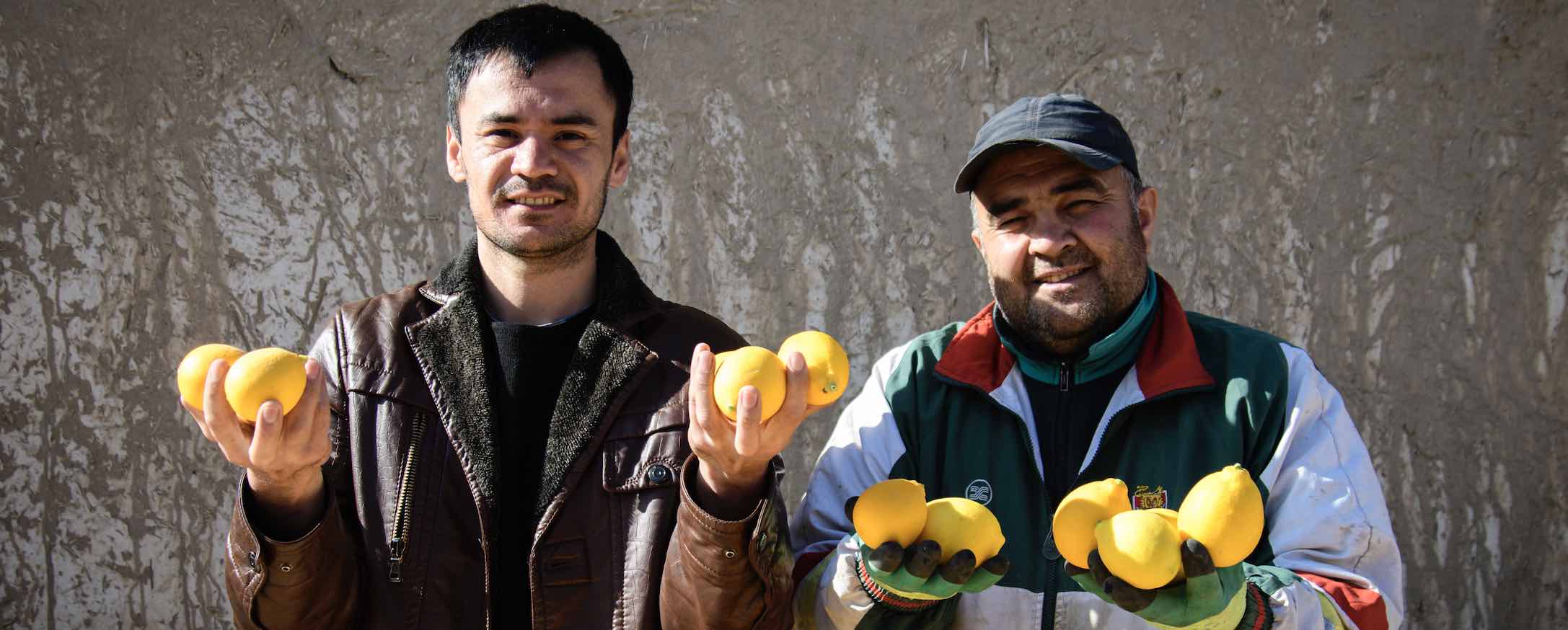
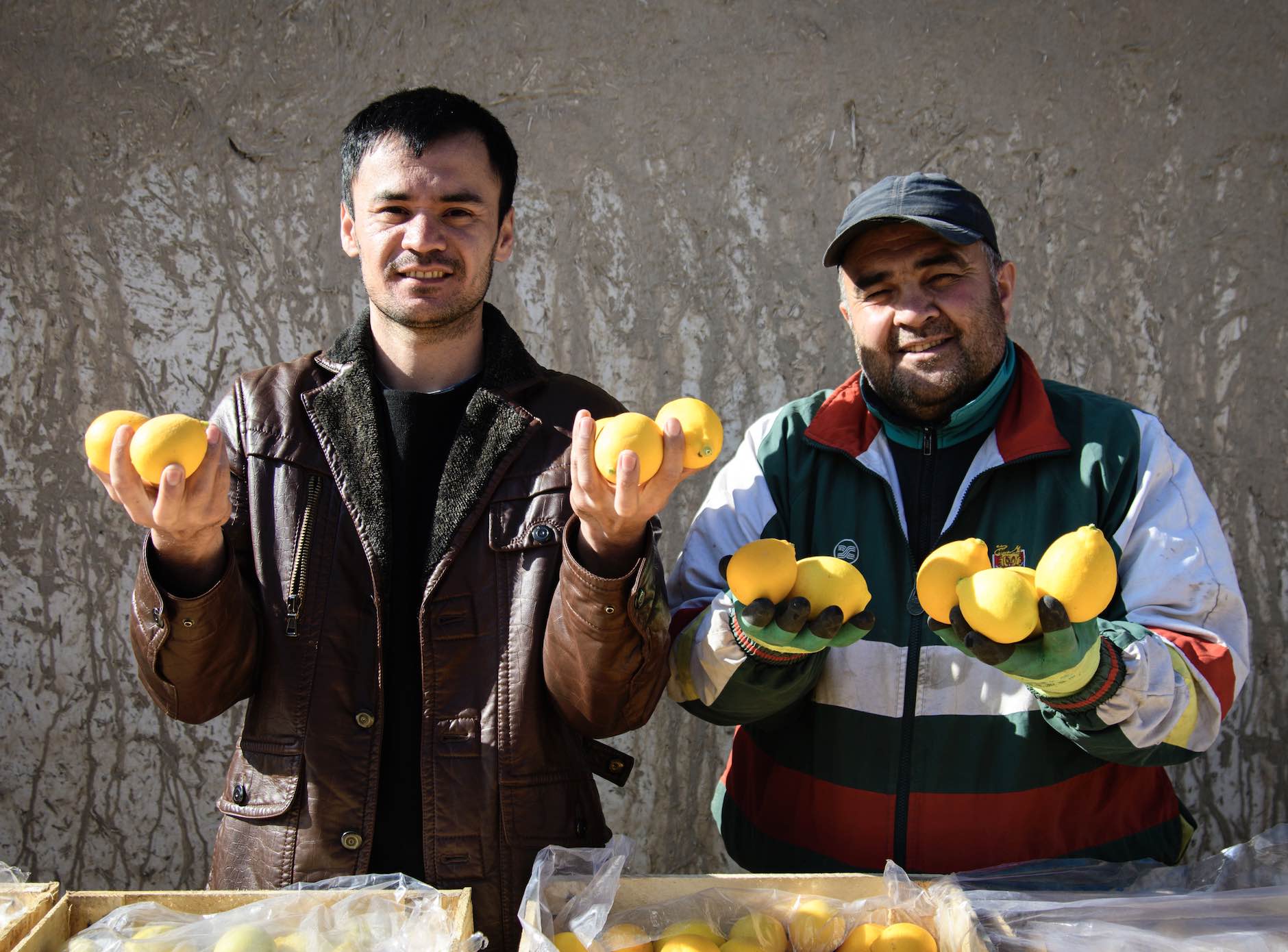
Viet Nam National Adaptation Plan (NAP) Development and Operationalisation Support Project
This project supports the Government of Viet Nam’s vision to strengthen its capability to effectively integrate climate change adaptation into the government’s administration processes in priority sectors. These processes encompass policy formulation, development planning, budgeting, implementation, and monitoring and evaluation. The project is designed in two phases. The first phase aims to complete the upstream work, background studies, tools and guidelines, preliminary project pipeline, and capacity building in order to deliver the National Adaptation Plan (NAP) of Vietnam. The participatory and result based monitoring and evaluation (M&E) framework and necessary capacity building support will also be completed in the first phase. Based on successful implementation of the first phase, the second phase of the project will be designed focusing on the implementation of the NAP, adaptation mainstreaming, M&E framework and a preparation of a financing strategy including detailed concept notes of high priority adaptation projects.
The "Viet Nam National Adaptation Plan (NAP) Development and Operationalization Support Project" is supporting the government of Viet Nam to establish an effective system to integrate climate change adaptation into government administration processes in five priority sectors.
Ranked 8th on the 2017 Climate Risk Index, Viet Nam is a country highly vulnerable to climate change. Average temperatures have risen by 0.5 degrees and sea levels by 20 cm in the last 50 years. Extreme weather events such as typhoons and tropical storms have increased in frequency and intensity, magnifying socio-economic and health impacts on rural, urban, coastal and mountain communities, and endangering critical transportation and drainage infrastructure. The Mekong Delta is one of the most susceptible deltas in the world to sea level rise.
The main challenge for the NAP process is the lack of capacity and resources to effectively integrate and coordinate climate change adaptation into plans and budgets at different levels and to design, operationalize, finance and monitor adaptation actions.
In addition to the key implementing partner, the Ministry of Planning and Investment, other project partners include the Ministry of Natural Resource and Environment (MONRE), the Department of Climate Change (DoCC), the Ministry of Agriculture and Rural Development (MARD), the Ministry of Transportation (MOT), and the Ministry of Health (MOH).
The following results are expected to be delivered through the three outcomes of the project:
- Integrated data analytics capability built in priority sectors.
- The NAP developed, consulted, and disseminated.
- Inter-ministerial coordination strengthened, and appraisal capacity built to implement the NAP integration.
- Background study for a financing strategy for both public and private investment in adaptation measures prepared with a preliminary project pipeline.
- Participatory and results-based M&E framework developed for priority sectors.
Project updates
With the project support, the Ministry of Natural Resources and Environment approved a Circular which will serve as a common framework on methodology for assessing climate impacts, risk and vulnerabilities, loss and damage to identify and integrate climate change adaptation measures into sectoral plans. The Prime Minister of Vietnam approved the M&E framework which is an output of NAP project for nationwide application. All line ministries including MONRE, MARD, MOH and MOT have contributed to the development of a toolset for assessing climate change impacts, vulnerabilities, and risks. The climate risk and vulnerability assessments of priority sectors are being completed. The project led the process of producing a comprehensive report on mainstreaming gender into the National Adaptation Plan in Viet Nam, outlining key priorities and next steps.
A NAP portal has been developed and launched which provides comprehensive climate change related information on policies and programs, vulnerability and risk maps, and M&E reporting mechanism. Maintained by the Department of Climate Change, this web portal will serve as the climate change platform with regularly updated information from the government system as well as other official channels including international organizations and NGOs. As a milestone in the NAP process, Vietnam is planning to submit its “Technical report on the climate change national adaptation plan” to the UNFCCC ahead of the COP27.
Outcome 1: Capacity for data integration enhanced and National Adaptation Plan (NAP) prepared and aligned with the NDC review 2
Outcome 2: National adaptation plan and climate change adaptation integrated into national, subnational, and sectoral development plans and budget of priority sectors with private sector participation
Outcome 3: Participatory results-based monitoring and evaluation mechanism developed and operationalized.
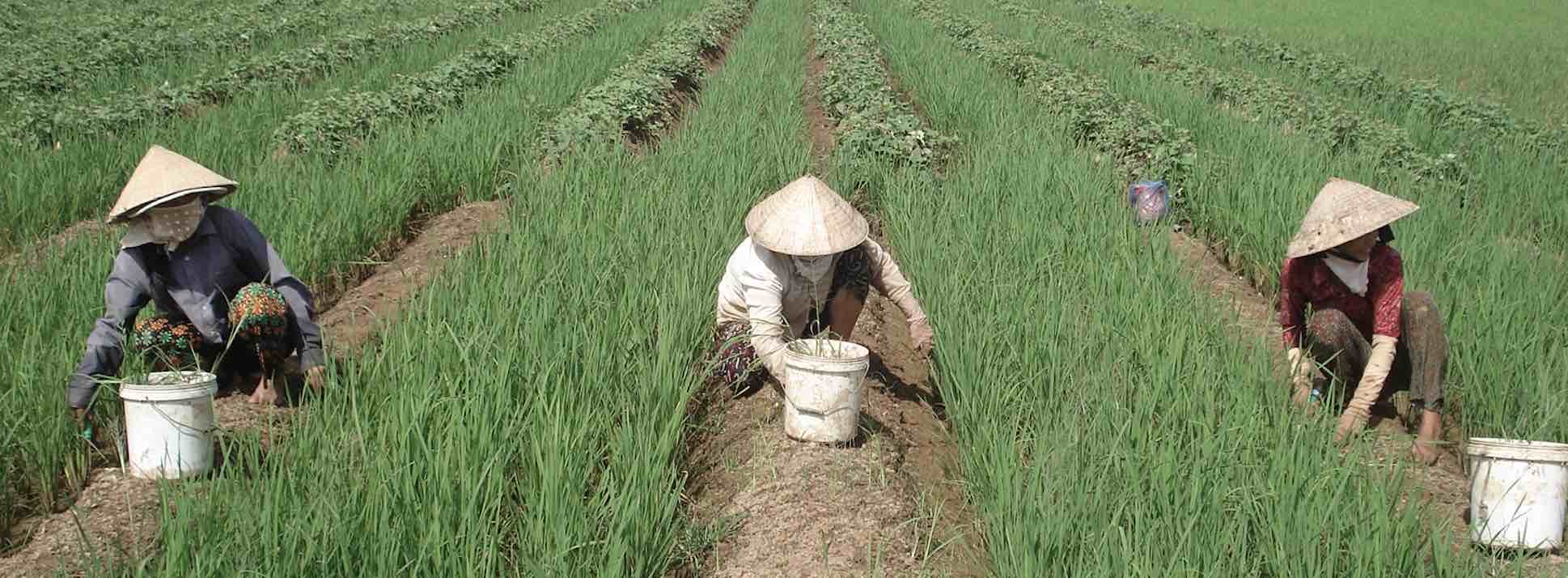
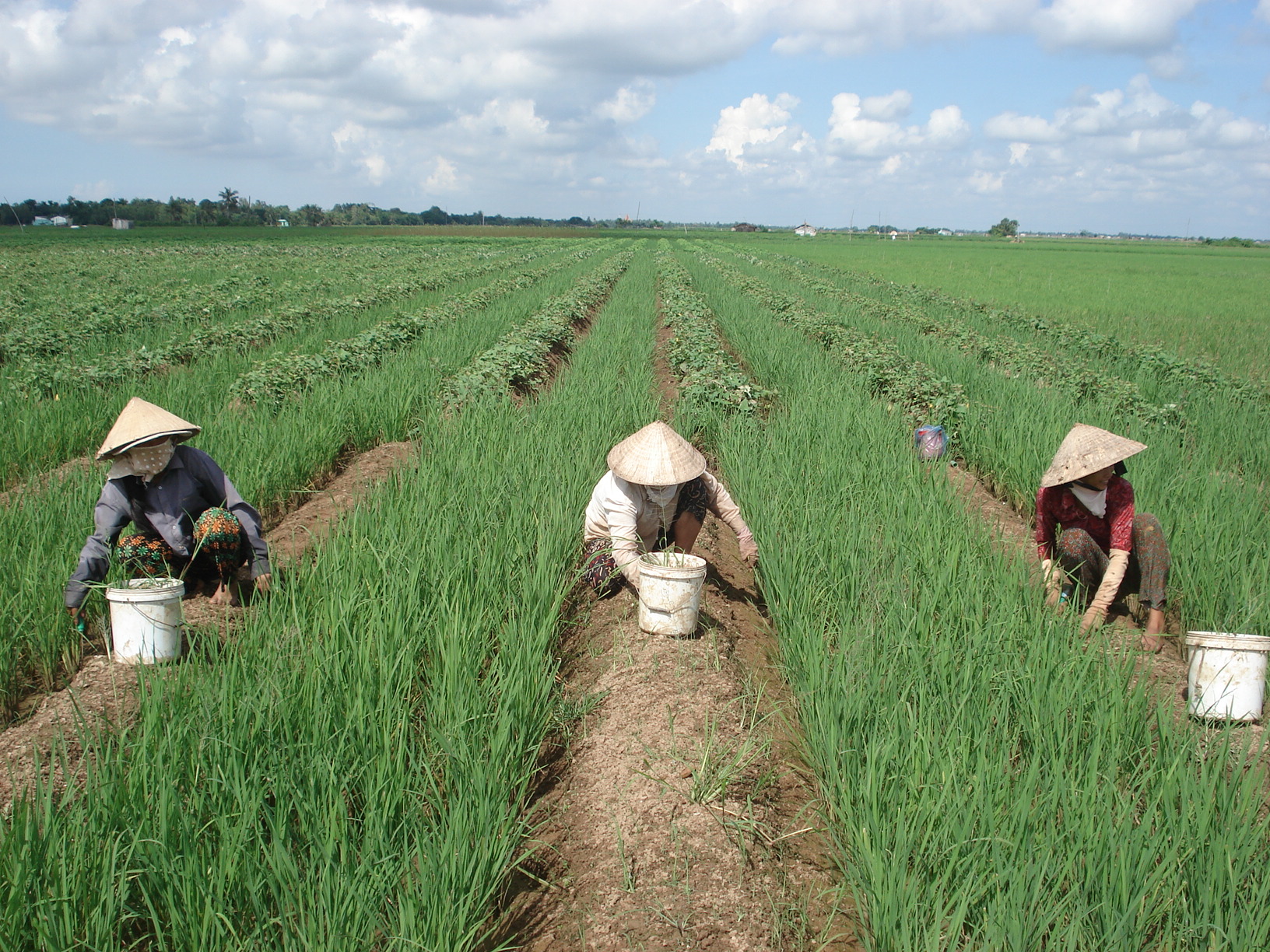
Mountain Ecosystem-based Adaptation in Nepal
The Harpan Watershed, Panchase in Nepal lies in the mid-hills of Nepal and consists of valleys, hills and the high mountains of the Himalayas. The economy of the Panchase is largely subsistence, based on crop production and livestock. There is high climatic variation due to changes in altitude and an average rainfall of 3, 355mm. The selected project site, the Harpan watershed, is about 15 km² with sub-tropical to temperate climate. There are about 900 households with a population of 4,598.
Through the global Ecosystems-based Adaptation (EbA) in Mountains Programme, UNDP, UNEP and IUCN, with funding from the German Government (BMUB), used sustainable management, conservation and restoration of ecosystems, as part of an overall EbA adaptation strategy, to reduce the vulnerability and enhance the resilience of select fragile mountain ecosystems and their local communities to climate change impacts.
For more information visit the Global Ecosystems Based Adaptation in Mountains Programme profile, or the EbA Flagship.
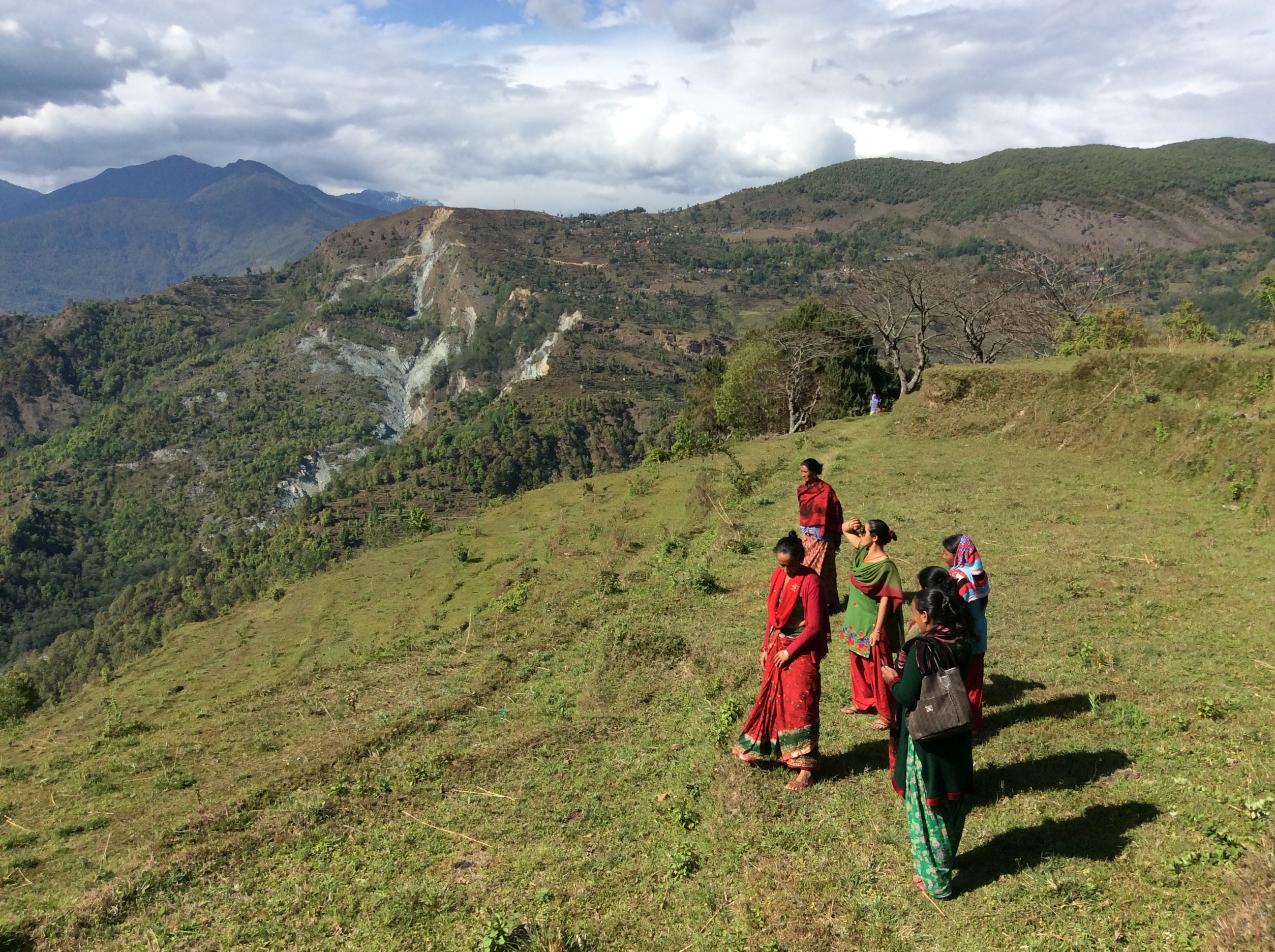
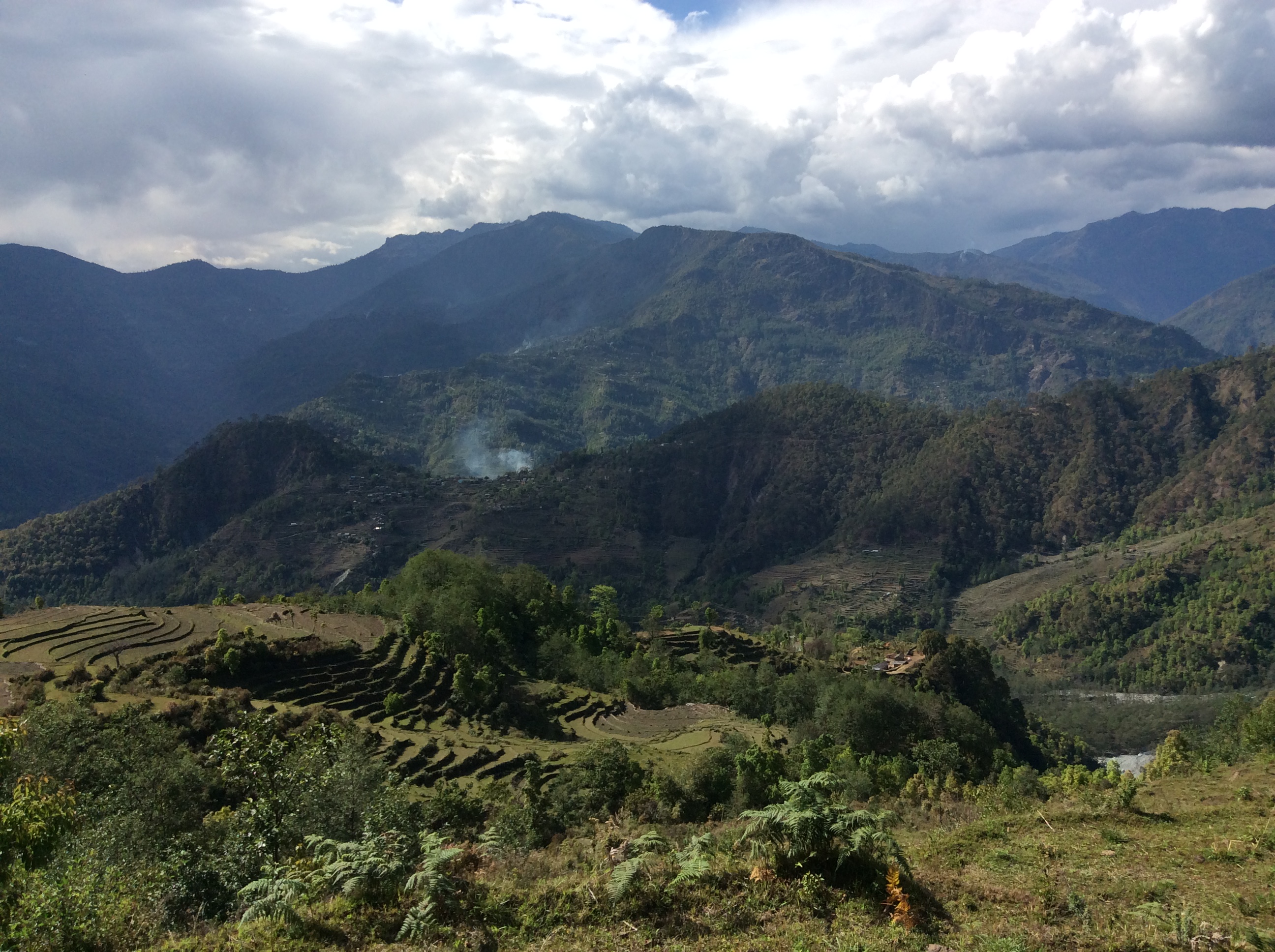
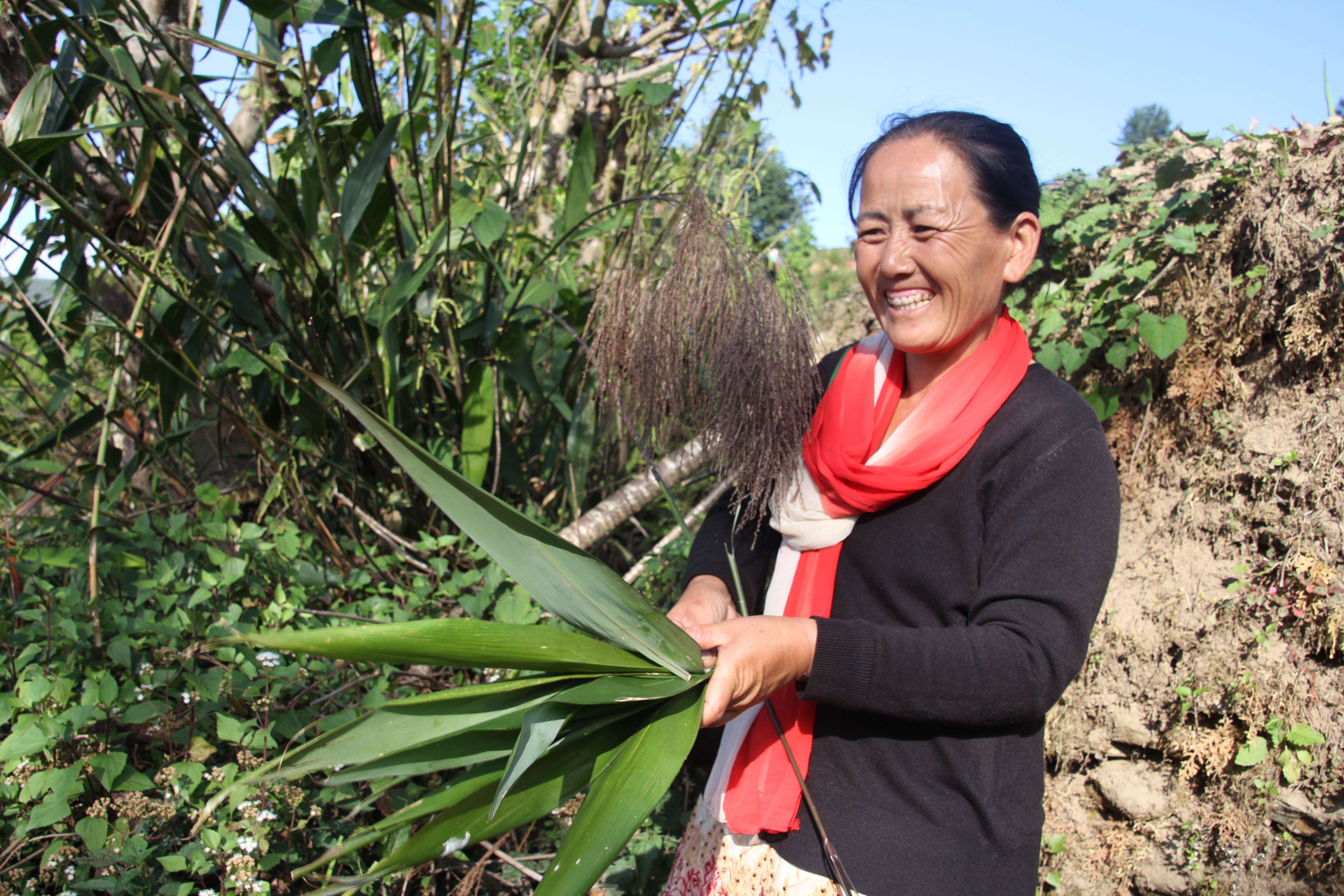
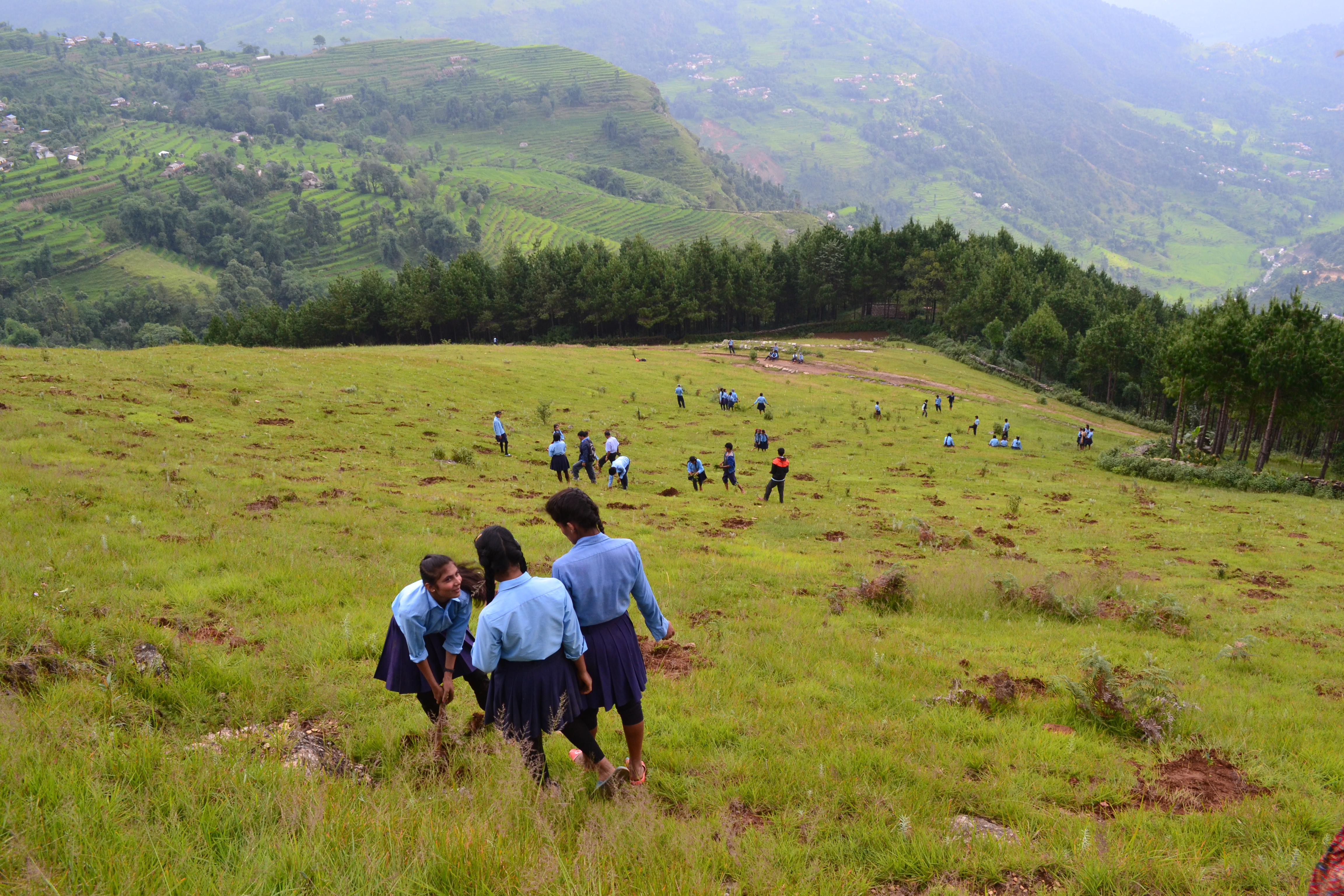
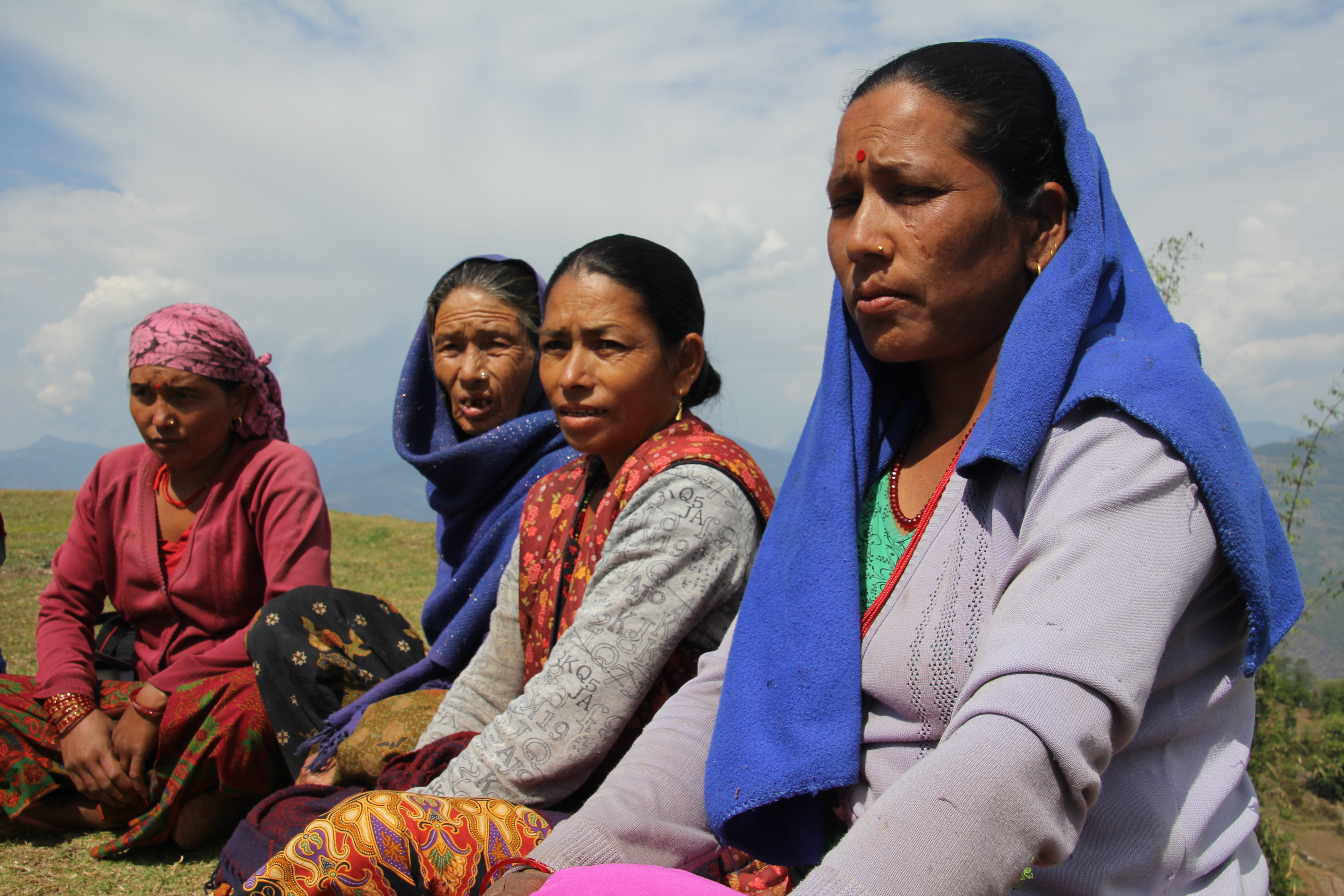
Assessments and Background Documents
Mt EbA Nepal Vulnerability & Impact Assessment of Panchase Region (2015)
Min of Forests and Soil Cons & UNDP Nepal (2014) Mt EbA Baseline & Socio-Econ Survey
Relevant Peer-Reviewed Articles
EbA planning in the Panchase Mountain Ecological Region (2015)
Brochures, Posters, Communications Products
BROCHURE NEPAL Mt EbA Programme 2 (Min of Forests and Soil Cons & UNDP Nepal)
BROCHURE Ecosystem Services (Min of Forests and Soil Cons & UNDP Nepal Mt EbA)
BROCHURE NEPAL Mt EbA Programme (Min of Forests and Soil Cons & UNDP Nepal)
BROCHURE EbA Concept (Min of Forests and Soil Cons & UNDP Nepal Mt EbA)
Project Brief / Fact Sheet
FACT SHEET - Nepal Mt EbA Programme (Min of Forests and Soil Cons & UNDP Nepal)
Case Study
Min of Forests and Soil Cons & UNDP Nepal (2013) - Timur Value Chain Study
Min of Forests and Soil Cons & UNDP Nepal (2013) - Orchid Value Chain Study
Min of Forests and Soil Cons & UNDP Nepal (2013) - Kurilo Value Chain Study
Min of Forests and Soil Cons & UNDP Nepal (2013) - Chiraito Value Chain Study
Min of Forests and Soil Cons & UNDP Nepal (2013) - Allo Value Chain Study
ProDocs
The Nepal Pilot Project of the global Ecosystem-based Adaptation in Mountains Programme aims to enhance capacity of local communities, demonstrate EbA measures for continued provision of ecosystem services, and support in strengthening the institutional capacity of key national Nepalese actors to build and better integrate ecosystem resilience options in national, sub-national and local level plans.
It is working to specifically support 4 outcomes:
- Development of methodologies and tools for EbA decision-making in mountain ecosystems;
- Application of EbA tools and methodologies at the ecosystem level;
- Implementation of EbA pilot initiatives at the ecosystem level; and
- Development of a business case for EbA at the national level.
In Nepal, the Project is implemented by the Department of Forests (DoF) under the Ministry of Forests and Soil Conservation (MoFSC) and is coordinated by the Ministry of Science, Technology and Environment (MoSTE). Similarly, there are three implementing agencies: UNEP, UNDP and IUCN. EbA initiatives are concentrated in 17 VDCs (Village Development Committees) of the ‘Panchase’ region and covers three districts – Kaski, Syangja and Parbat.
Some key accomplishments for the project include:
- The project has prioritized 3 important sub-watersheds – Rati, Saradi and Harpan - and focused on different interventions such as ecosystem restoration, water conservation, land rehabilitation, livelihood diversification and capacity enhancement of government agencies and local communities.
- Practices, like water source conservation and construction of conservation ponds, have been initiated in the pilot sites to address water scarcity issues, since the water sector is significantly affected by climate change in Nepal. These initiatives have helped reduce drudgery in fetching water required for dominant rural livelihood practices, i.e. subsistence agriculture and livestock rearing.
- Out-migration in Panchase has resulted in an increasing amount of abandoned and barren land. The Project has hence carried out plantation initiatives of endemic multi–use species to protect these lands from further degradation and also complement the needs of rural people for fuel wood and fodder. Additionally, the Project has supported nursery establishment in the region to provide easy access to seedlings species for plantations by the locals. Likewise, land degradation resulting from unplanned rural road construction has been addressed by roadside greenery promotion and roadside rehabilitation, using engineered structures such as ‘gabion cages’ that are supplemented by plantations. Similarly, several landslide and gully control initiatives have also been carried out in the project pilot sites.
- Rangeland management has been done by building compound walls to halt over-grazing activities of the livestock and protect the grassland ecosystem from further degradation. The Project has also distributed fodder species to reduce the pressure on the open degraded land.
- Several river bank conservation initiatives with application of grey-green measures, i.e. engineered structures coupled with bamboo plantation, have been carried out to protect agricultural lands in the river banks to reduce deposition of sediment downstream.
- The Harpan Sub-watershed is an important feeder to the nationally important Phewa Lake, which today suffers from massive deposition of silt. The Project has, therefore, carried out a comprehensive study on the siltation process of Harpan Khola and subsequently proposed construction of ecosystem-based siltation control techniques and a siltation dam in the Harpan River.
- The EbA concept has now been mainstreamed in Bachelors of Science (BSc) degree syllabus of the Tribhuvan University, Central Department of Environmental Science (CDES). Similarly, to reduce the research gap, EbA has provided research grants to the students of Tribhuvan University to undertake research work in the EbA site to investigate the effectiveness of EbA options.
- The Project broadcasted radio programs named ‘Panchase ko Serofero’ through Radio barahi-99.2, Radio saligram-100.6 and Syangja FM-89.6, respectively, from Kaski, Parbat and Syangja to increase local level awareness on ecosystems and EbA.
Some policy-related accomplishments include:
- Led by UNDP, the Nepal project has been engaged in the process of establishing the newly formed High-Level Technical Committee on EbA to be led by the Ministry of Forests and Soil Conservation. The main role of the Committee is to coordinate and mainstream ecosystem-based approaches to climate change adaptation into different sectoral plans and programmes. The Committee includes representatives from various Ministries, such as National Planning Commission, Ministry of Forests and Soil Conservation, Ministry of Science, Technology and the Environment, Ministry of Agriculture and Ministry of Federal Affairs and Local Development. The first meeting of the Committee was scheduled for last week of September.
- The results of the Cost-benefit analysis carried out by the Nepal project, led by UNDP, will be presented in a high-level event, organized jointly with the High-level Technical Committee, in October.
- The new Forest Policy (2015) has climate change as one of seven thematic areas and includes EbA as one of the approaches put forward for adaptation. The project, led by UNDP, is involved in a working group developing a 5-yr action plan for the delivery of the climate change area of this Policy in all 75 Districts of Nepal. The project is providing direct technical input into how this key national policy will be implemented in practice with regards to climate change and making the case for integrating EbA measures into its delivery.
- The Nepal project, led by UNDP, has provided technical and financial support to produce draft Guidelines on Protected Forests, which provide regulations and directives on managing Protected Forests and are in the process of being endorsed by Government. The proposed Guidelines incorporate EbA and provide the opportunity for integrating EbA into the national Protection Forest management plans and programmes.
Mountain Ecosystem-based Adaptation in Uganda
Mount Elgon landscape in Uganda is the seventh highest mountain in Africa, a major catchment area and straddles the border between Kenya and Uganda. The climate is cool with a mean annual rainfall of 1,270 mm. The population of Mount Elgon is almost entirely rural and dependent on subsistence agriculture, with approximately 564,000 people living in the 4 districts which make up the project site. The region is home to Mt Elgon National Park and is of great conservation value, but high population density means that agriculture is spreading rapidly.
Through the global Ecosystems-based Adaptation (EbA) in Mountains Programme, UNDP, UNEP and IUCN, with funding from the German Government (BMUB), are using sustainable management, conservation and restoration of ecosystems, as part of an overall EbA adaptation strategy, to reduce the vulnerability and enhance the resilience of select fragile mountain ecosystems and their local communities to climate change impacts. The promoted EbA measures carefully take into account anticipated climate change impacts trends to ensure a forward-looking process.
For more information visit the Global Ecosystems Based Adaptation in Mountains Programme profile, or the EbA Flagship website.

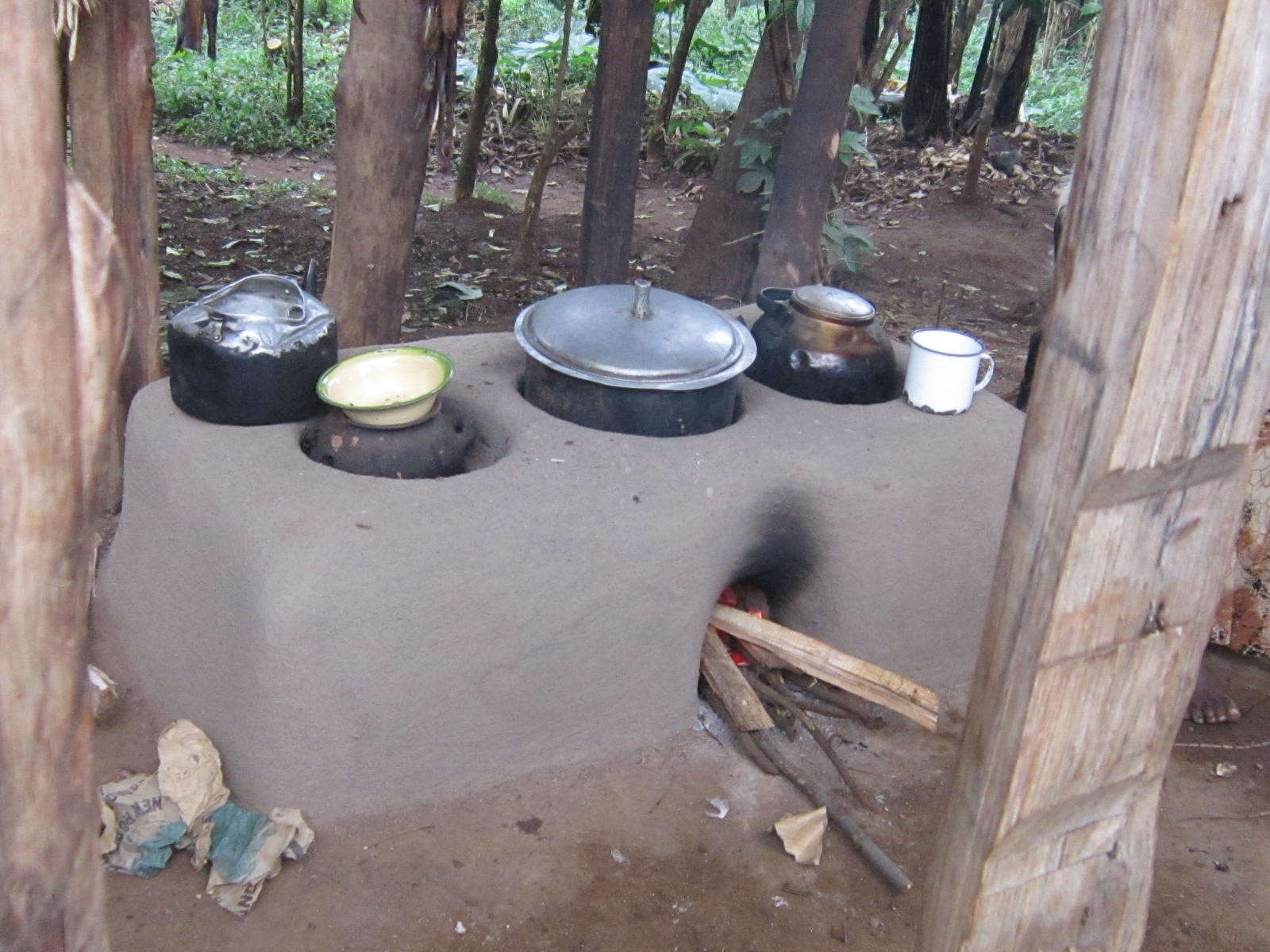


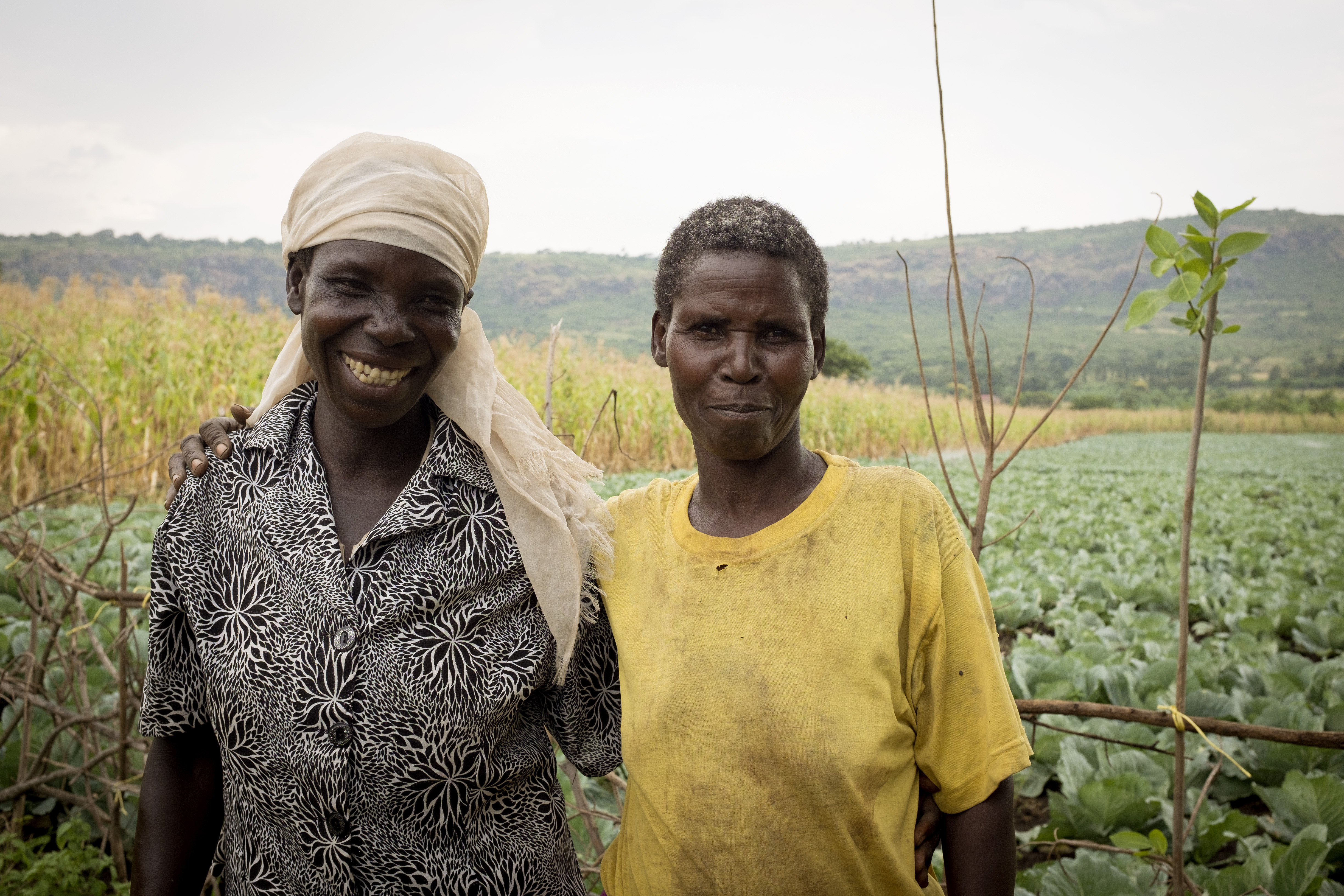
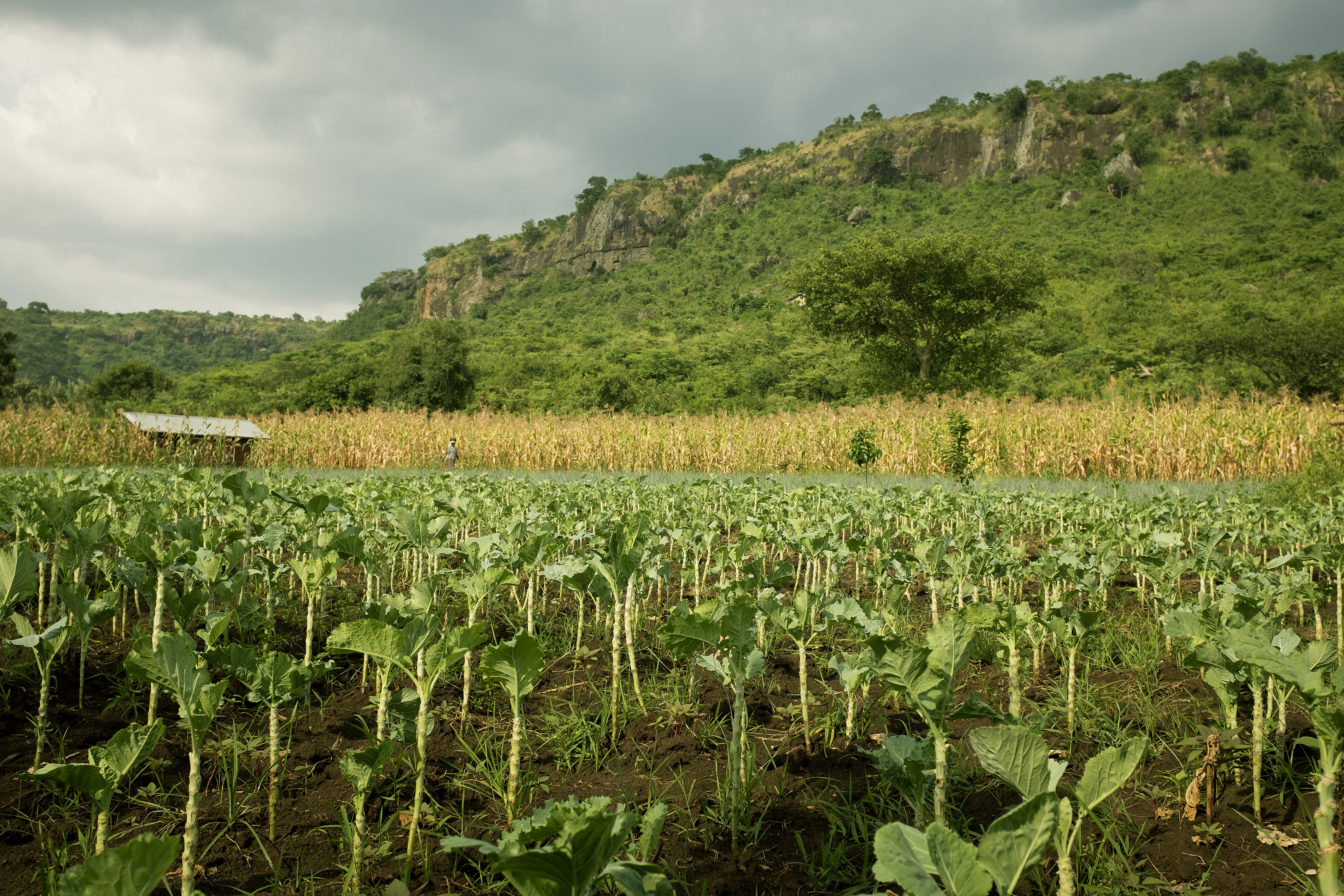
Assessments and Background Documents
UNDP Uganda+UNEP+UNEP-WCMC (2013) Uganda VIA Report POPULAR VS
Min of Water and Envir & UNDP (2012) VIA Capacity Assessment for EbA in Mt Elgon
Min of Water and Envir & UNDP (2012) Baseline info for EbA in Mt Elgon Ecosystem Project Strategy
Brochures, Posters, Communications Products
Min of Water and Envir & UNDP (2014) BROCHURE Uganda Mt EbA pilot project
Communications Products
Min of Water and Envir & UNDP (2014) Uganda Mt EbA Communications Strategy
Training & Tools
Min of Water and Envir & UNDP (2015) Training Manual - Mainstreaming EbA into policy & financing frameworks
Min of Water and Envir & UNDP (2015) Manual for implementing EbA in Mt Elgon Ecosystem of Uganda
Reports and Publications by country teams
Min of Water and Envir & UNDP (2015) Public Policy & Financing Framework for EbA in Mt Elgon POPULAR VS
Min of Water and Envir & UNDP (2015) Public Policy & Financing Framework for EbA in Mt Elgon
UNDP Uganda: Ecosystem Based Adaptation in Uganda
This documentary highlights the need for mainstreaming ecosystem-based adaptation strategies into national policies to ensure that actions against climate change is planned for. It puts a strong emphasis on the importance of Government funding such measures into the future through core budgets.
The objective of this Uganda pilot project under the global Mountain EbA Programme is to reduce the vulnerability of Uganda to climate change impacts through piloting Ecosystem-based Adaptation options with particular emphasis on mountain ecosystems in the Mt Elgon region.
It is working to specifically support 4 outputs:
- The development of decision-making tools for ecosystem-based adaptation for assessing ecosystem resilience,
- Field testing the tools in the pilot countries,
- Making investments in and building capacity for EbA at select demonstration sites, and
- Establishing the economic benefits and financial costs of EbA, to guide national policies.
The project is implemented by the Ministry of Water and Environment (MWE) focusing on the Districts of Sironko and Bulambuli (implementation supported by UNDP) and Kapchorwa and Kween (Implementation supported by IUCN).
Some key accomplishments for the project include:
- A Vulnerability Impact Assessment (VIA) has been carried out to determine which EbA interventions can be used to support the communities in the selected project area.
- About 600 households within the 4 districts (Kween, Kapchorwa, Sironko & Bulambuli) have received training in climate-smart interventions and are implementing them on their land. Local platforms including local radios are being used for knowledge sharing.
- Different techniques in support of climate-resilient agriculture have been encouraged, including mulching, use of organic fertilizer, improved water retention through roadside drainage bunds, run off retention drains, diversion bands in crop gardens; and gravity flow irrigation (benefitting over 1,000 formerly water-stressed community members in 3 villages in Sanzara Parish).
- Practices like soil and water conservation structures, have also been promoted, including contour trenches, contour ridges, retention or check dams, infiltration ditches and contour bands; tree planting for stabilization of soil and water conservation, with appropriate species together with contour grass strips; and the management and protection of existing forests and trees on the farm.
- At the local governance level, structures for natural resource governance have been strengthened, including a schematic framework for managing a new adaptation fund in all the three catchments, including the communities and district technical staff.
- The ECOTRUST PES facility being piloted by the project was officially launched in March 2015 by the Minister of Water and Environment, Hon. Ephraim Kamuntu. The Minister emphasized the contribution of the fund to many of the investment priorities identified in the National Development Plan of Uganda such as skills development, water and sanitation; and facilitating availability and access to critical production inputs especially in agriculture.
- With support from the project, the Ministry of Water and Environment is developing guidelines on how to integrate EbA into national and district level planning and policies. This is a participatory process that has been done through training workshops and provision of tools. A specific training package on implementing EbA in Mt Elgon has also been developed, which provides step to step guidance on planning and implementing EbA aimed as a tool at supporting extension services
- The cost-benefit analysis results and data generated will be used to advocate the case for EbA to government during a meeting of the Top Policy Committee of the Ministry of Water & Environment. This will then be followed up at during the Joint Sector Water & Environment Review (week of 5th Oct) being held by the National Climate Change Policy Committee and the National Environment & Natural Resources Sector Working Group.
 Community Revolving Fund promotes rural enterprise development and environmental protection
Community Revolving Fund promotes rural enterprise development and environmental protection
 Beekeeping saving the environment in Sironko
Beekeeping saving the environment in Sironko
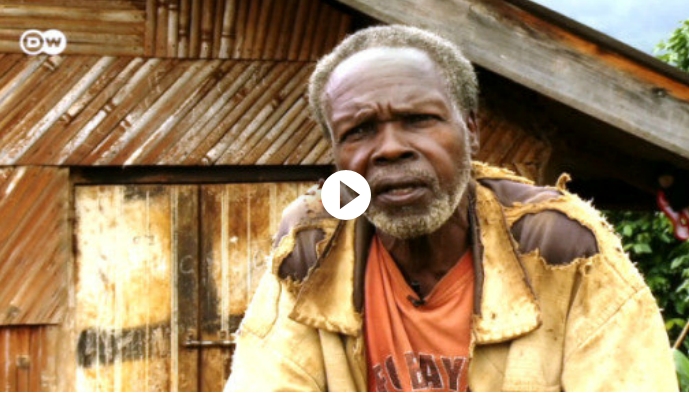 Global Ideas: Uganda – Protecting an Ecosystem
Global Ideas: Uganda – Protecting an Ecosystem
 Our Stories - An environmentally friendly building technology saving trees in Sironko district
Our Stories - An environmentally friendly building technology saving trees in Sironko district
 Articles - Uganda’s first Payment for Environmental Services Fund launched, 27 Mar 2015
Articles - Uganda’s first Payment for Environmental Services Fund launched, 27 Mar 2015
.jpg/_jcr_content/renditions/cq5dam.web.540.390.jpeg) Governance Body for the Mountain EbA Project in Uganda holds its second meeting, 4 Jul 2014
Governance Body for the Mountain EbA Project in Uganda holds its second meeting, 4 Jul 2014
Mountain Ecosystem-based Adaptation in Peru
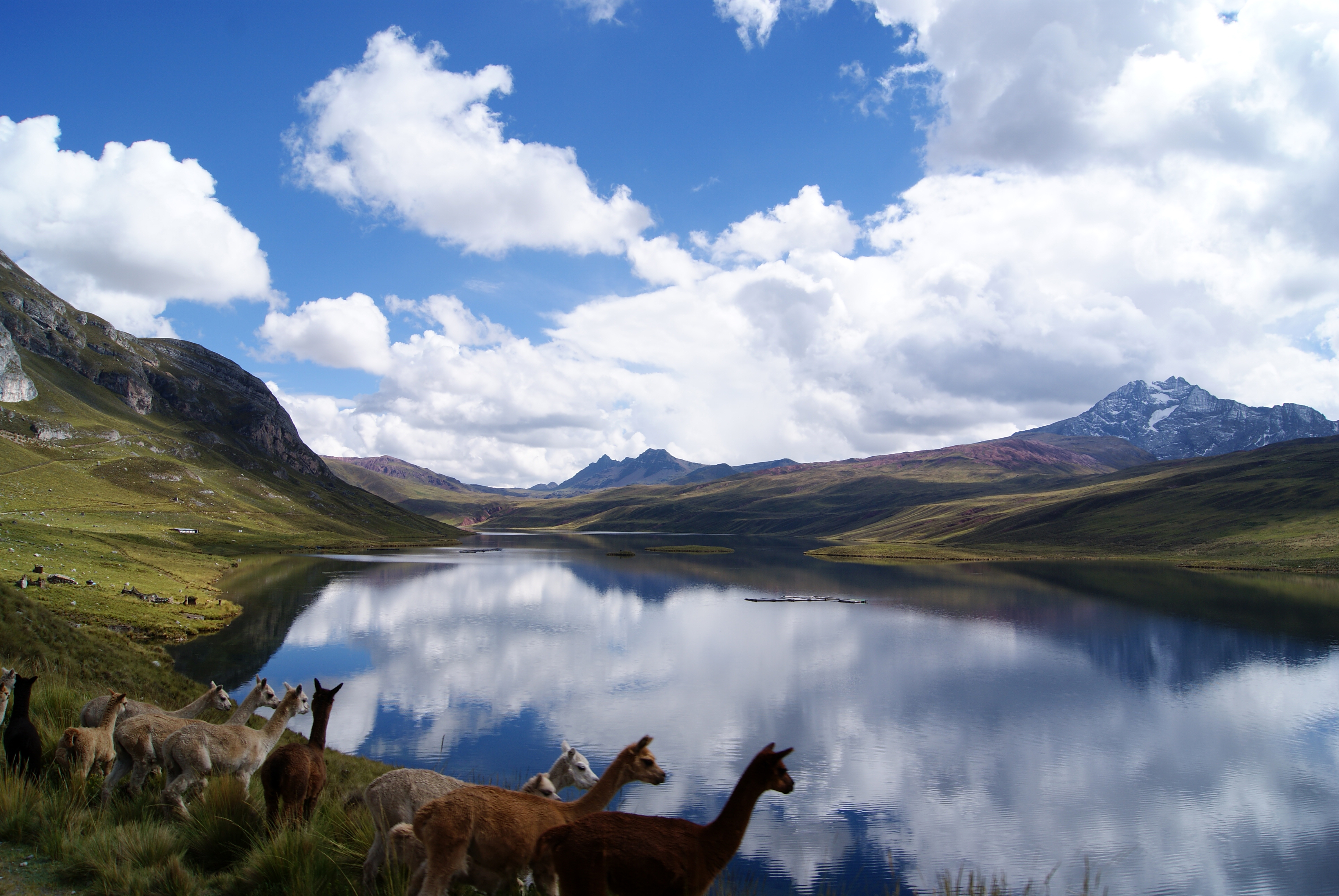
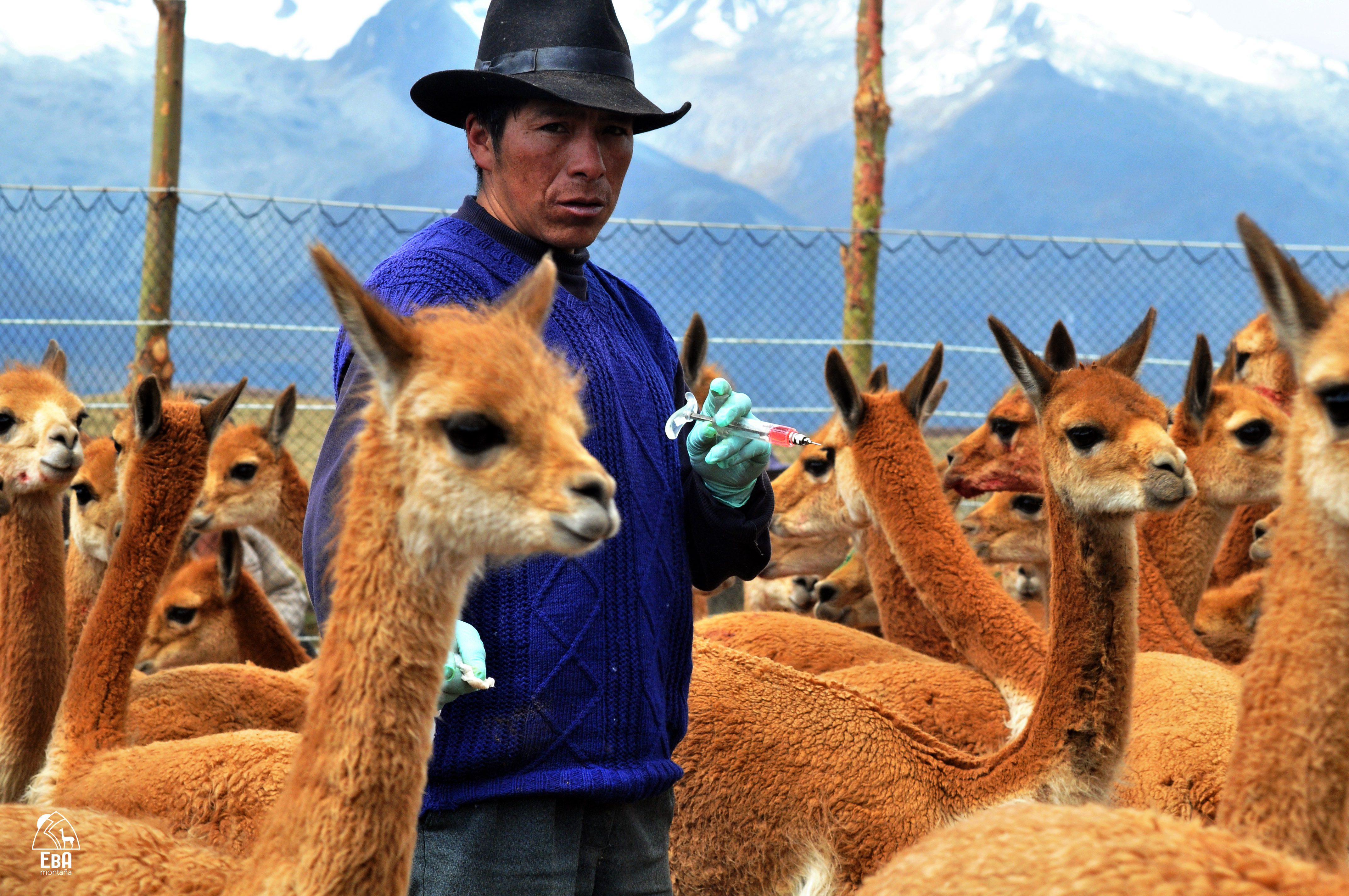
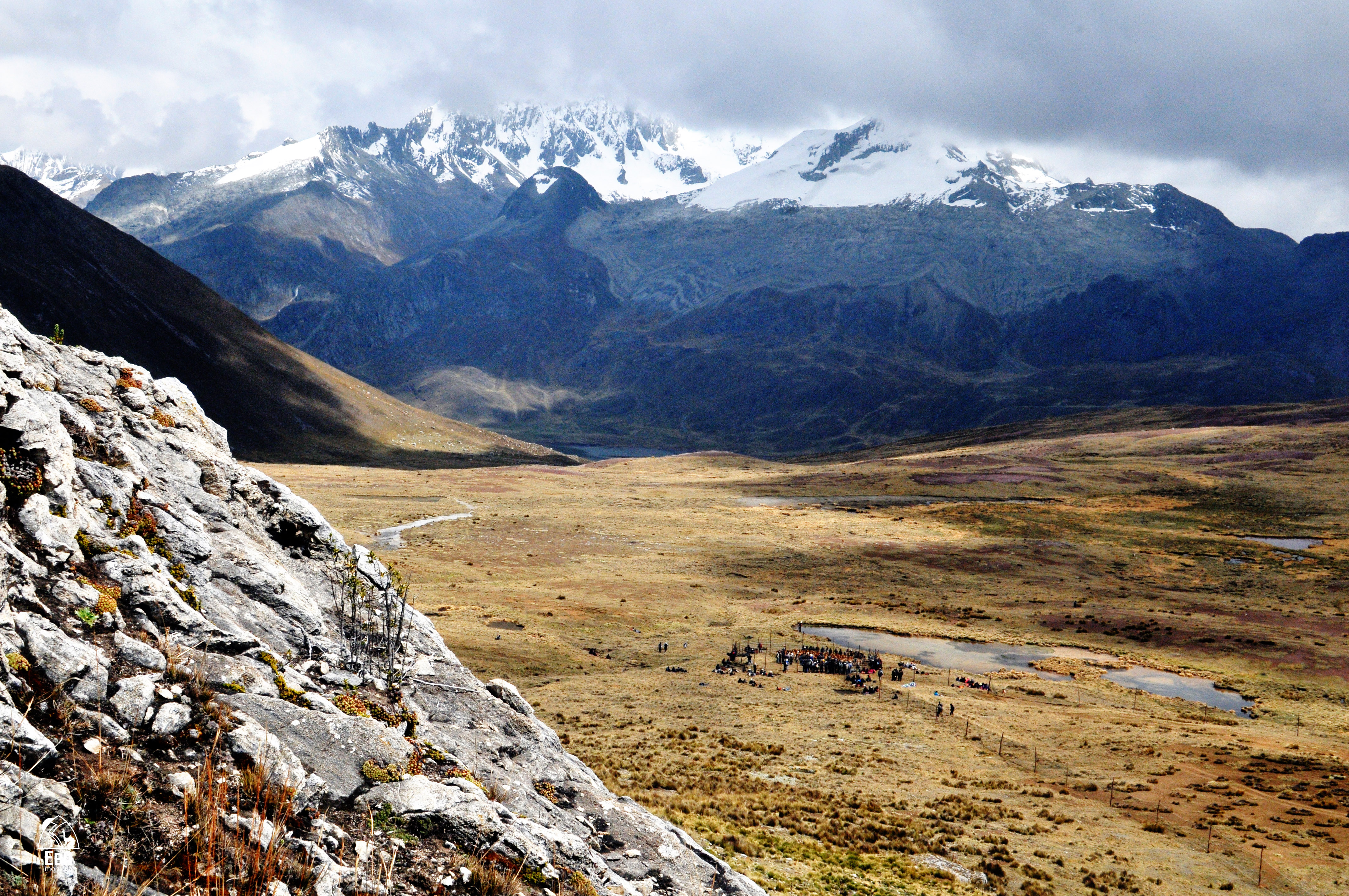
Assessments and Background Documents
'EbA'luacion de la vulnerabilidad al cambio climatico (2015)
Mt EbA Peru Vulnerability & Impact Assessment of RPNYC - Main Study
Mt EbA Peru Vulnerability & Impact Assessment of RPNYC - Context
Mt EbA Peru Vulnerability & Impact Assessment of RPNYC - Future climate scenarios
(2014) Peru Vulnerability and Impact Assessment (VIA) - Technical Summary
Reports
Brochures, Posters, Communications Products
Knowledge Products
Cambio climático en la Reserva Paisajística Nor Yauyos Cochas
El proyecto EbA Montaña trabaja con el SERNANP y las comunidades campesinas de la Reserva Paisajística Nor Yauyos Cochas para que se adapten al cambio climático. Conoce más del proyecto y las medidas de adaptación basada en ecosistemas que vienen implementando en este video.
The objective of this Peru pilot project under the global Ecosystem-based Adaptation (EbA) in Mountains Programme was to reduce the vulnerability of Peru to climate change impacts through piloting EbA options with particular emphasis on mountain ecosystems in the Nor Yauyos-Cochas Landscape Reserve.
It supported four outputs:
- The development of decision making tools for ecosystem based adaptation for assessing ecosystem resilience,
- Field testing the tools in the pilot countries,
- Making investments in and building capacity for EbA at select demonstration sites, and
- Establishing the economic benefits and financial costs of EbA, to guide national policies.
The project is a collaborative initiative of the United Nations Environment Programme (UNEP), the International Union for Conservation of Nature (IUCN) and the United Nations Development Programme (UNDP), funded by Germany’s Federal Ministry for the Environment, Nature Conservation, Building and Nuclear Safety (BMUB). In Peru, the programme is commissioned by the Ministry of Environment of Peru (MINAM for its Spanish acronym) and is implemented in the Nor Yauyos-Cochas Landscape Reserve with the support of the National Service of Natural Protected Areas (SERNANP for its Spanish acronym). The activities under IUCN’s responsibility are implemented in partnership with the Mountain Institute (TMI).
Some key accomplishments for the project include:
- A Vulnerability Impact Assessment (VIA) has been carried out to determine which EbA interventions can be used to support the communities in the selected project area.
- Three vulnerable areas have been identified in the NYCLR: Canchayllo, Miraflores and Tanta. Two EbA measures per area are being implemented.
- Information from the VIA (Vulnerability and Impact Assessment) for the NYCLR is being incorporated into the updated version of the NYCLR Master Plan.
- Support to both regional governments in Junin and Lima in the updating of their Regional Climate Change Strategies and the addition of EbA approaches to these tools.
- A local Communication Network for the NYCLR has been developed by the project. 11 park rangers and 21 students of the NYCLR have learnt about climate change and how to use communication tools for their own development.
- In Tanta, the community decided to free the Moyobamba area (vicuña natural habitat) of domestic animals to be an exclusive area for vicuñas.
- Capacity building and technical assistance in livestock and vicuña management, including animal husbandry of vicuña population.
- Installation of fences in 2000 hectares of communal land for livestock, and conservation of 1500 hectares of vicuña habitat.
- In Miraflores and Canchayllo no regret measures are being implemented. In both places local villagers have become local researchers and have strengthen their capacity in pasture and water management.
- In Canchayllo, a natural water reservoir dam was restored to reduce water filtration and ensure its storage during the dry season. Also, an underground pipe was restored to transport water from the upper part of the watershed (near Chacara Lake) to the community farm (Jutupuqio).
- In Miraflores, a protection zone (5ha) was enlarged around the Yanacancha lakes encircling the upper micro-watershed in order to prevent cattle and other animals from entering the area.
Policy-related accomplishments:
- In August 2015, Peru officially approved Policy Guidelines for Public Investment in Biodiversity and Ecosystems, with the expectation that this instrument will facilitate new and additional public investment aligned with the National Biodiversity Strategy.
- Of particular interest is that the UNDP BIOFIN and the Peru Mountain EbA projects worked together since February 2015 in close coordination with the Ministries of Environment and Economy and Finance to facilitate the incorporation of climate change and specifically EbA into the guidelines. For example, the consideration of climate change as a cross-cutting issue is included as one of the Strategic Policy Guidelines (p6).
- As next steps, BIOFIN and the Peru Mountain EbA project are collaborating in the design of a pilot Public Investment Project for the community of Tomas in the Nor Yauyos Cochas Landscape Reserve, as an opportunity to replicate EbA actions undertaken in Tanta and taking advantage of the political will and support of the Tomas municipality.
- Following this, UNDP and other agencies will support MINAM and MEF in capacity building of local and regional governments and development of additional pilots, as part of an effort to expand the use out the guidelines at the national level. Technical support will also be provided to develop impact indicators to be used by MINAM and MEF of the biodiversity and ecosystem-focused PIPs.
- The Peru Intended Nationally Determined Contribution (INDC) is currently being developed. The project team has contributed by reviewing the draft and providing recommendations on how to integrate EbA. The draft INDC includes EbA measures in its sector/system specific adaptation contributions for water, agriculture and forestry. The INDC even refers to the Mountain EbA Programme specifically as a key project that has contributed to the adaptation process in Peru.
 Learning by doing: the construction of the approach and program EbA, Lunahuana, Cañete, 25 to May 30, 2015 - The third Global technical workshop on ecosystem-based adaptation learning for the Global Mountain EbA programme, which is running in Nepal, Uganda and Peru, was held. The workshop aimed to identify and assess the contributions that the program has made in EbA mainstreaming in public policies and in building resilience and adaptive capacity of local populations.
Learning by doing: the construction of the approach and program EbA, Lunahuana, Cañete, 25 to May 30, 2015 - The third Global technical workshop on ecosystem-based adaptation learning for the Global Mountain EbA programme, which is running in Nepal, Uganda and Peru, was held. The workshop aimed to identify and assess the contributions that the program has made in EbA mainstreaming in public policies and in building resilience and adaptive capacity of local populations.
 CRiSTAL Parques, 26-29 January, 2015 - Del 26 al 29 de enero de 2015 se aplicó, en la Reserva Paisajística Nor Yauyos Cochas (RPNYC) de Perú, la herramienta CRiSTAL Parques, un instrumento de apoyo a la toma de decisiones que ayuda a los profesionales de la conservación y a los responsables de Áreas Protegidas (AP) a integrar riesgos climáticos en su planificación.
CRiSTAL Parques, 26-29 January, 2015 - Del 26 al 29 de enero de 2015 se aplicó, en la Reserva Paisajística Nor Yauyos Cochas (RPNYC) de Perú, la herramienta CRiSTAL Parques, un instrumento de apoyo a la toma de decisiones que ayuda a los profesionales de la conservación y a los responsables de Áreas Protegidas (AP) a integrar riesgos climáticos en su planificación.
 Ruedo en las alturas - El Chaccu, tradición ancestral de arreo de vicuñas, es hoy una importante medida de adaptación al cambio climático basada en ecosistemas.
Ruedo en las alturas - El Chaccu, tradición ancestral de arreo de vicuñas, es hoy una importante medida de adaptación al cambio climático basada en ecosistemas.
 Dioses del agua - Para los pobladores de Canchayllo, distrito de Jauja, en la Reserva Paisajística Nor Yauyos Cochas, el cambio climático ha sido una buena excusa para el ingenio y los buenos reflejos. Ahí se han modificado comportamientos, infraestructura y organización con el fin de potenciar, conservar y restaurar la administración de pastos y agua de la zona. Esta es su historia.
Dioses del agua - Para los pobladores de Canchayllo, distrito de Jauja, en la Reserva Paisajística Nor Yauyos Cochas, el cambio climático ha sido una buena excusa para el ingenio y los buenos reflejos. Ahí se han modificado comportamientos, infraestructura y organización con el fin de potenciar, conservar y restaurar la administración de pastos y agua de la zona. Esta es su historia.
 Viaje por los ecosistemas del Perú, Lima, 7 December 2014 - Junto a un cuentacuentos y pobladores de la costa, sierra y selva del Perú, los proyectos EbA Montaña, EBA Amazonía y Humboldt del Programa de las Naciones Unidas para el Desarrollo (PNUD), presentaron en el Auditorio Principal de la feria Voces por el clima -espacio para la sociedad civil en el marco de la COP20 en Lima-, “Mi montaña, mi bosque, mi mar: nuestro pan de cada día”, una puesta en escena que utilizó la tradición oral para contar cómo las comunidades se están adaptando al cambio climático.
Viaje por los ecosistemas del Perú, Lima, 7 December 2014 - Junto a un cuentacuentos y pobladores de la costa, sierra y selva del Perú, los proyectos EbA Montaña, EBA Amazonía y Humboldt del Programa de las Naciones Unidas para el Desarrollo (PNUD), presentaron en el Auditorio Principal de la feria Voces por el clima -espacio para la sociedad civil en el marco de la COP20 en Lima-, “Mi montaña, mi bosque, mi mar: nuestro pan de cada día”, una puesta en escena que utilizó la tradición oral para contar cómo las comunidades se están adaptando al cambio climático.
 Presentan avances en el Proyecto EbA Montaña, Huancayo, 4 February 2015 - El 4 de febrero en la ciudad de Huancayo, se reunieron los miembros del Comité Directivo del Proyecto EbA Montaña para informar acerca de los avances del proyecto, discutir el Plan Operativo Anual y la presentación de los resultados del estudio de Vulnerabilidad, Impacto y Adaptación al cambio climático (VIA) en la Reserva Paisajística Nor Yauyos Cochas (RPNYC), área de intervención del proyecto, a cargo del equipo de Centro de Datos para la Conservación (CDC)-Universidad Nacional Agraria La Molina y la Universidad de Columbia.
Presentan avances en el Proyecto EbA Montaña, Huancayo, 4 February 2015 - El 4 de febrero en la ciudad de Huancayo, se reunieron los miembros del Comité Directivo del Proyecto EbA Montaña para informar acerca de los avances del proyecto, discutir el Plan Operativo Anual y la presentación de los resultados del estudio de Vulnerabilidad, Impacto y Adaptación al cambio climático (VIA) en la Reserva Paisajística Nor Yauyos Cochas (RPNYC), área de intervención del proyecto, a cargo del equipo de Centro de Datos para la Conservación (CDC)-Universidad Nacional Agraria La Molina y la Universidad de Columbia.
 Proyecto EbA Montaña participa en el Foro Mundial de Montañas en Cusco, 23-25 May 2014 - El Foro Mundial de Montañas (WMF, por sus siglas en inglés) -un espacio de encuentro para la ciencia, los tomadores de decisión y los activistas del Desarrollo Sostenible de las Montañas del mundo- se desarrolló en Cusco, Perú del 23 al 25 de mayo de 2014. El objetivo fue crear un espacio que permita la discusión y el intercambio de experiencias en temas vinculados al cambio climático, agricultura familiar, comunidades y ciudades de montaña, en el marco del trabajo en los ecosistemas de montaña.
Proyecto EbA Montaña participa en el Foro Mundial de Montañas en Cusco, 23-25 May 2014 - El Foro Mundial de Montañas (WMF, por sus siglas en inglés) -un espacio de encuentro para la ciencia, los tomadores de decisión y los activistas del Desarrollo Sostenible de las Montañas del mundo- se desarrolló en Cusco, Perú del 23 al 25 de mayo de 2014. El objetivo fue crear un espacio que permita la discusión y el intercambio de experiencias en temas vinculados al cambio climático, agricultura familiar, comunidades y ciudades de montaña, en el marco del trabajo en los ecosistemas de montaña.
 EbA Montaña en Perú identifica vulnerabilidad e impacto frente al cambio climático de la RPNYC, 26 March 2014, se presentó en la Universidad Nacional Agraria La Molina (UNALM) la Evaluación de Vulnerabilidad e Impacto (EVI) frente al cambio climático de la Reserva Paisajística Nor Yauyos Cochas, el cual forma parte del proyecto Adaptación basada en Ecosistemas de Montaña (EbA Montaña) en Perú. Fue preparado entre agosto de 2012 y diciembre de 2013 gracia a un acuerdo entre el Programa de las Naciones Unidas para el Medio Ambiente (PNUMA) y la Fundación para el Desarrollo Agrario (FDA) de la UNALM.
EbA Montaña en Perú identifica vulnerabilidad e impacto frente al cambio climático de la RPNYC, 26 March 2014, se presentó en la Universidad Nacional Agraria La Molina (UNALM) la Evaluación de Vulnerabilidad e Impacto (EVI) frente al cambio climático de la Reserva Paisajística Nor Yauyos Cochas, el cual forma parte del proyecto Adaptación basada en Ecosistemas de Montaña (EbA Montaña) en Perú. Fue preparado entre agosto de 2012 y diciembre de 2013 gracia a un acuerdo entre el Programa de las Naciones Unidas para el Medio Ambiente (PNUMA) y la Fundación para el Desarrollo Agrario (FDA) de la UNALM.
Global Ecosystems Based Adaptation in Mountains Programme
Human wellbeing and livelihoods cannot be sustained without healthy ecosystems. Mountain ecosystems are particularly important, in that they maintain rich ecological processes and provide essential goods and services, especially water, not only to mountain people, but also to downstream lowlands where demand from population centers, agriculture and industry is high. These ecosystems, however, face severe threats from unsustainable land use practices (overgrazing and non-conservation agriculture), illegal wood extraction, development of large-scale infrastructure (dams, roads) and unsustainable natural resource projects (hydrocarbons, mining).
Climate change further compounds these threats by increasing levels of exposure to droughts, floods (which in turn results in an increase in landslides) and changes in seasonality. These impacts both undermine the resilience of the mountain ecosystems and increase the vulnerability of the local mountain communities, whose livelihoods and wellbeing depend on their services. Mountain people tend to be among the world’s poorest and most marginalized populations. Not only do many share the disadvantages of rural poverty and ethnic or religious discrimination. They also face additional challenges to subsistence brought about by elevation, rough topography and severe climate.
Through the global Ecosystems-based Adaptation (EBA) in Mountains Programme, UNDP, UNEP and IUCN, with funding from the German Government, used sustainable management, conservation and restoration of ecosystems, as part of an overall adaptation strategy, to reduce the vulnerability and enhance the resilience of select fragile mountain ecosystems and their local communities to climate change impacts.
Photos provided by: UNDP Peru, Carlos Diaz Huertas and Adriana Kato, UNDP Nepal, Tine Rossing, Andrea Egan, UNDP Uganda, Ed Barrows and James Leslie.
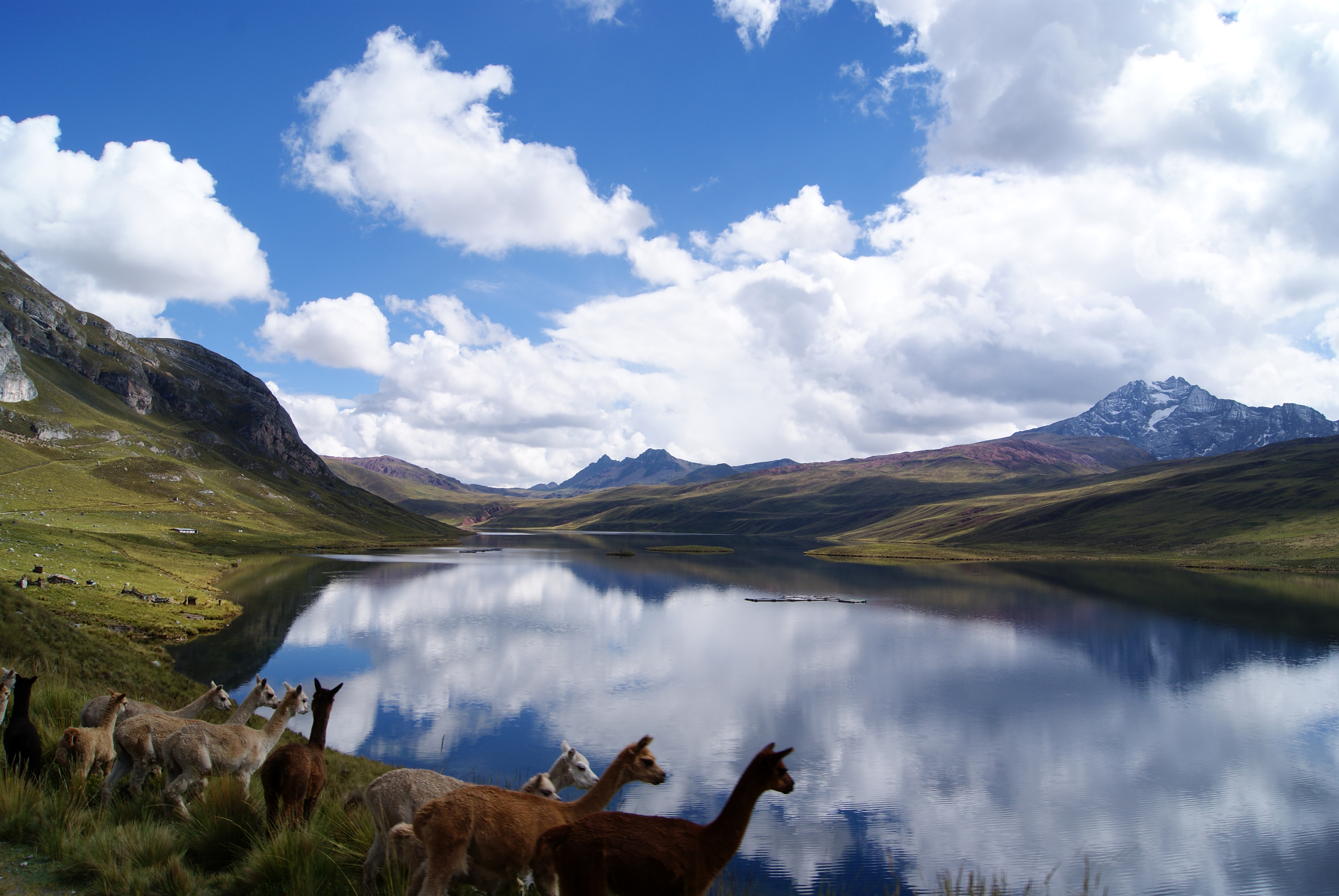
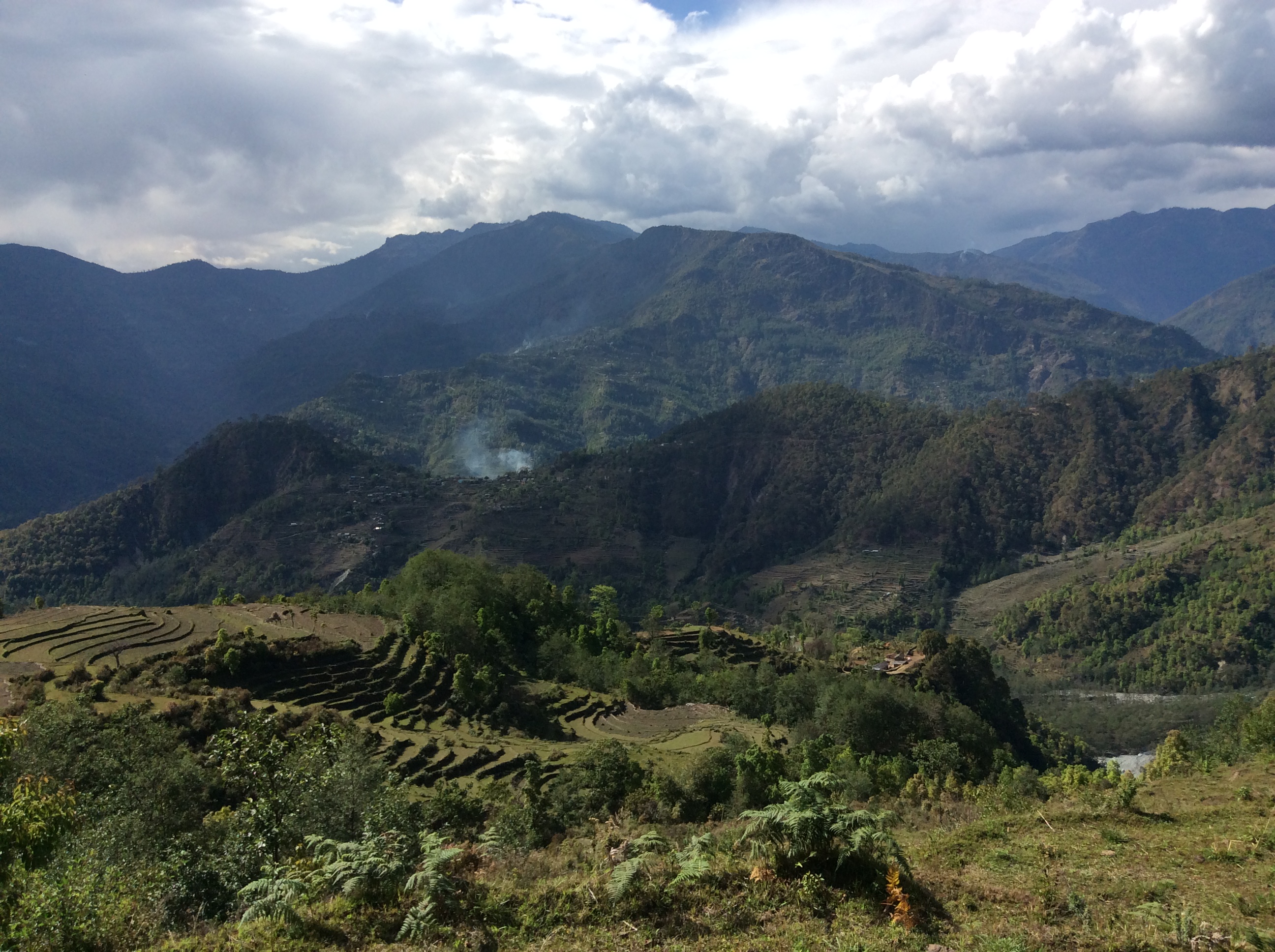

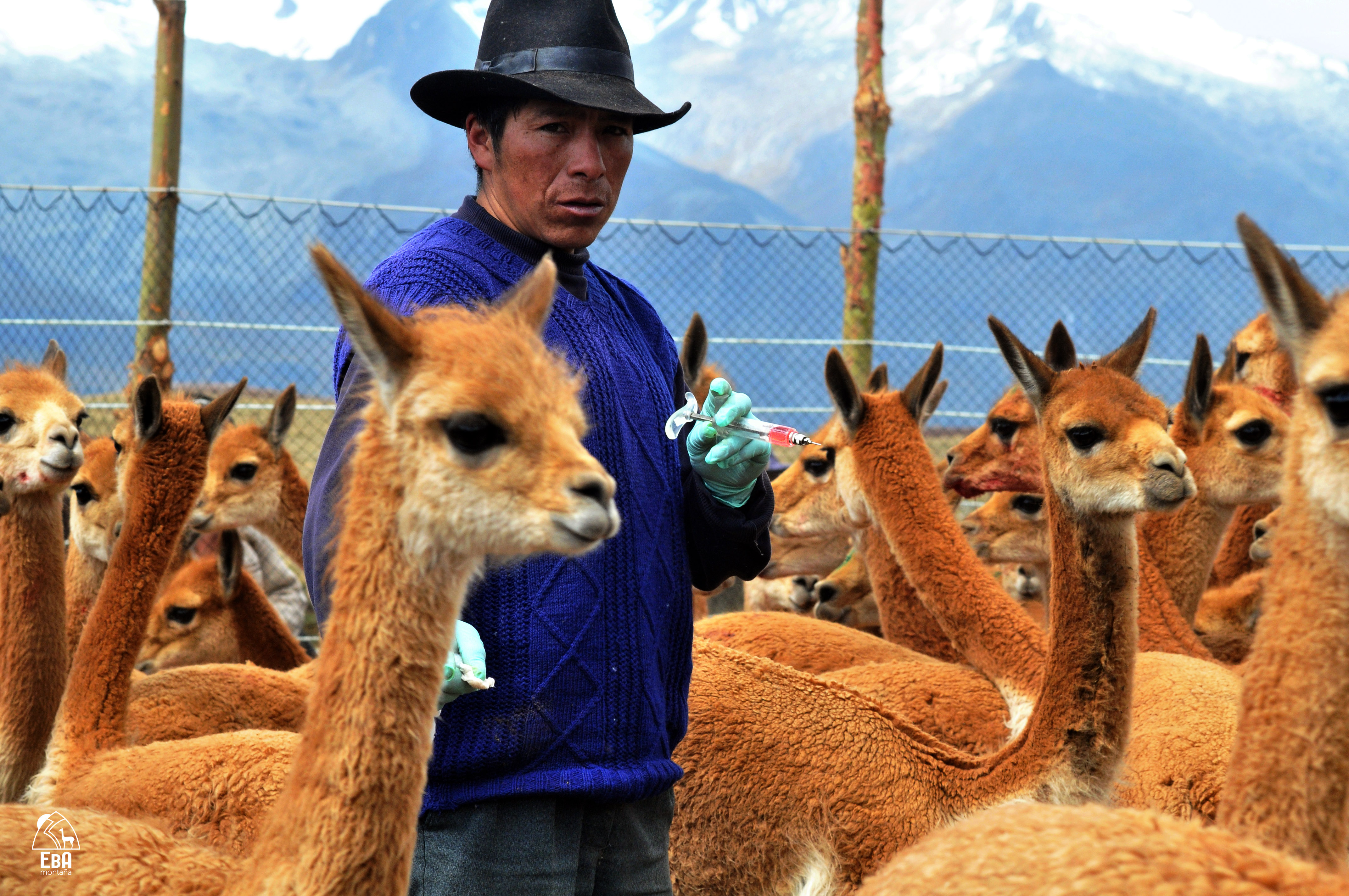
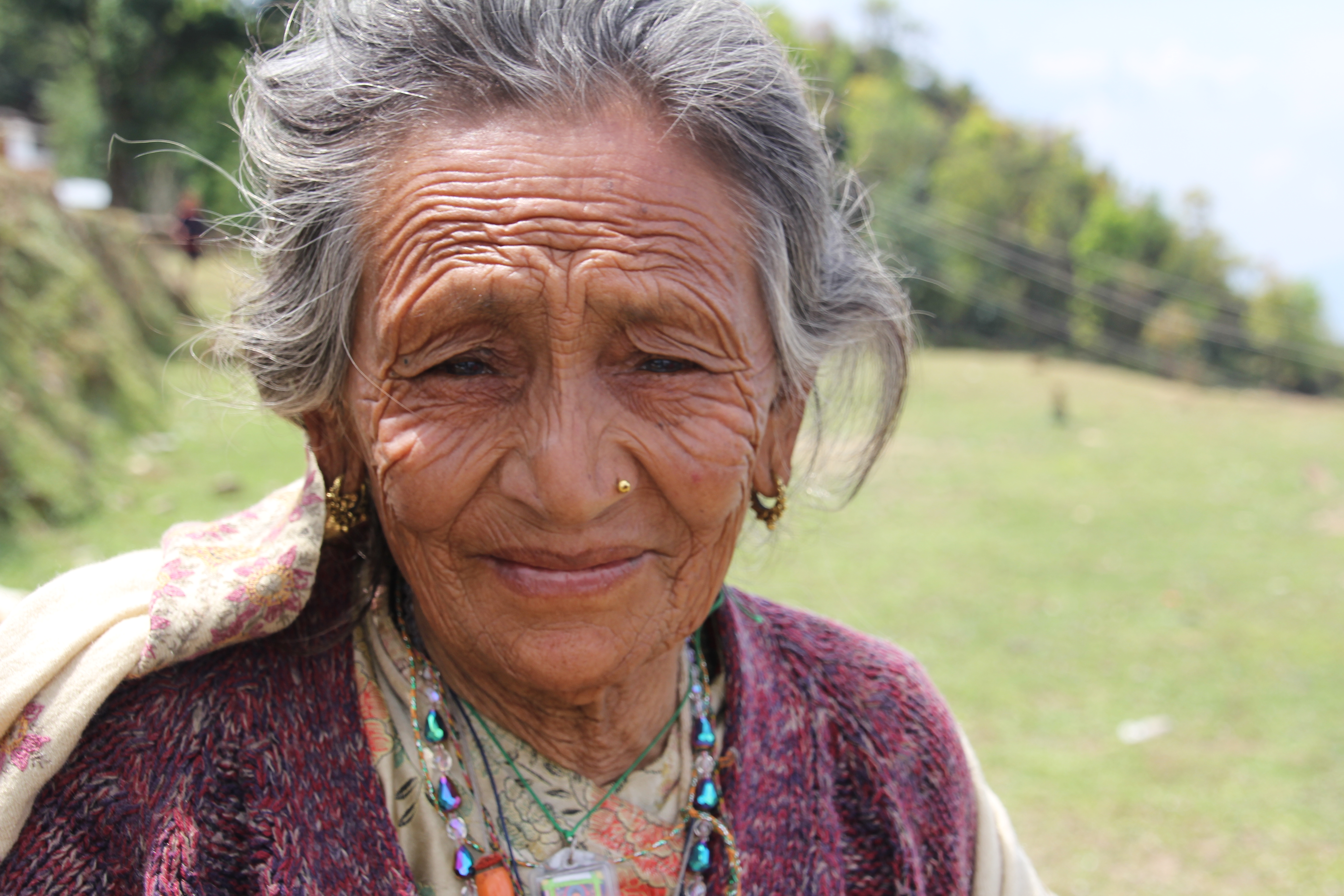
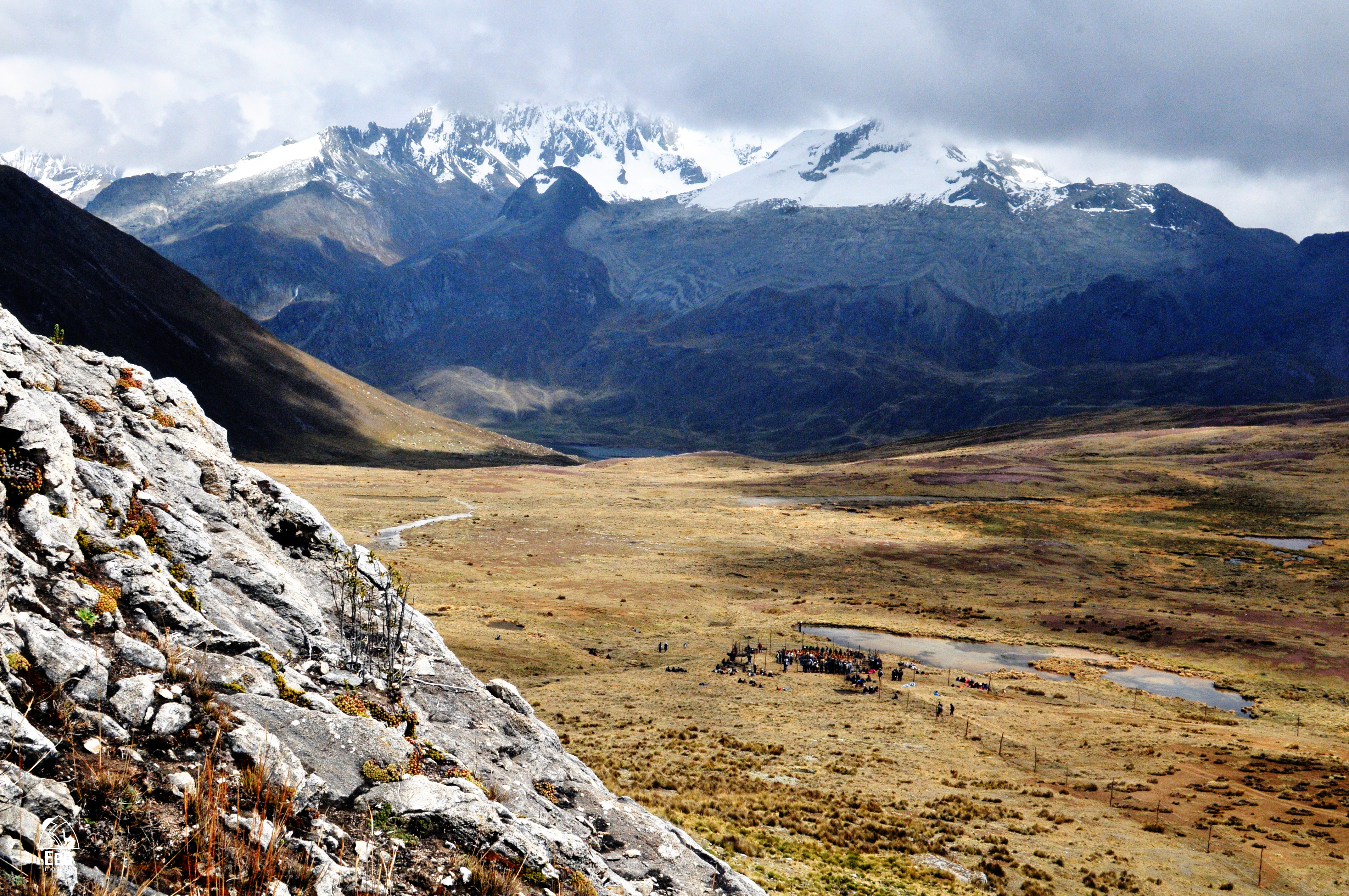
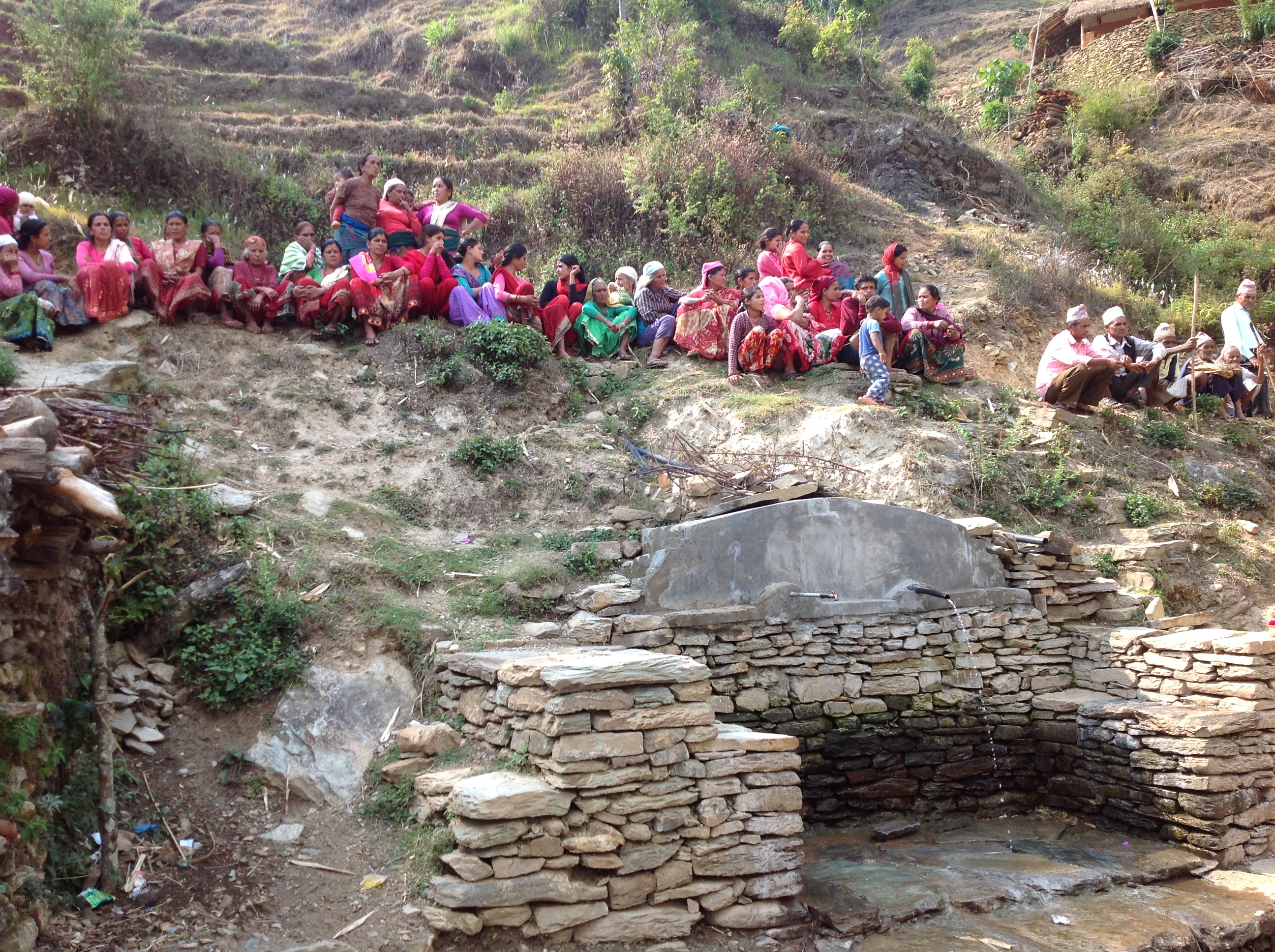
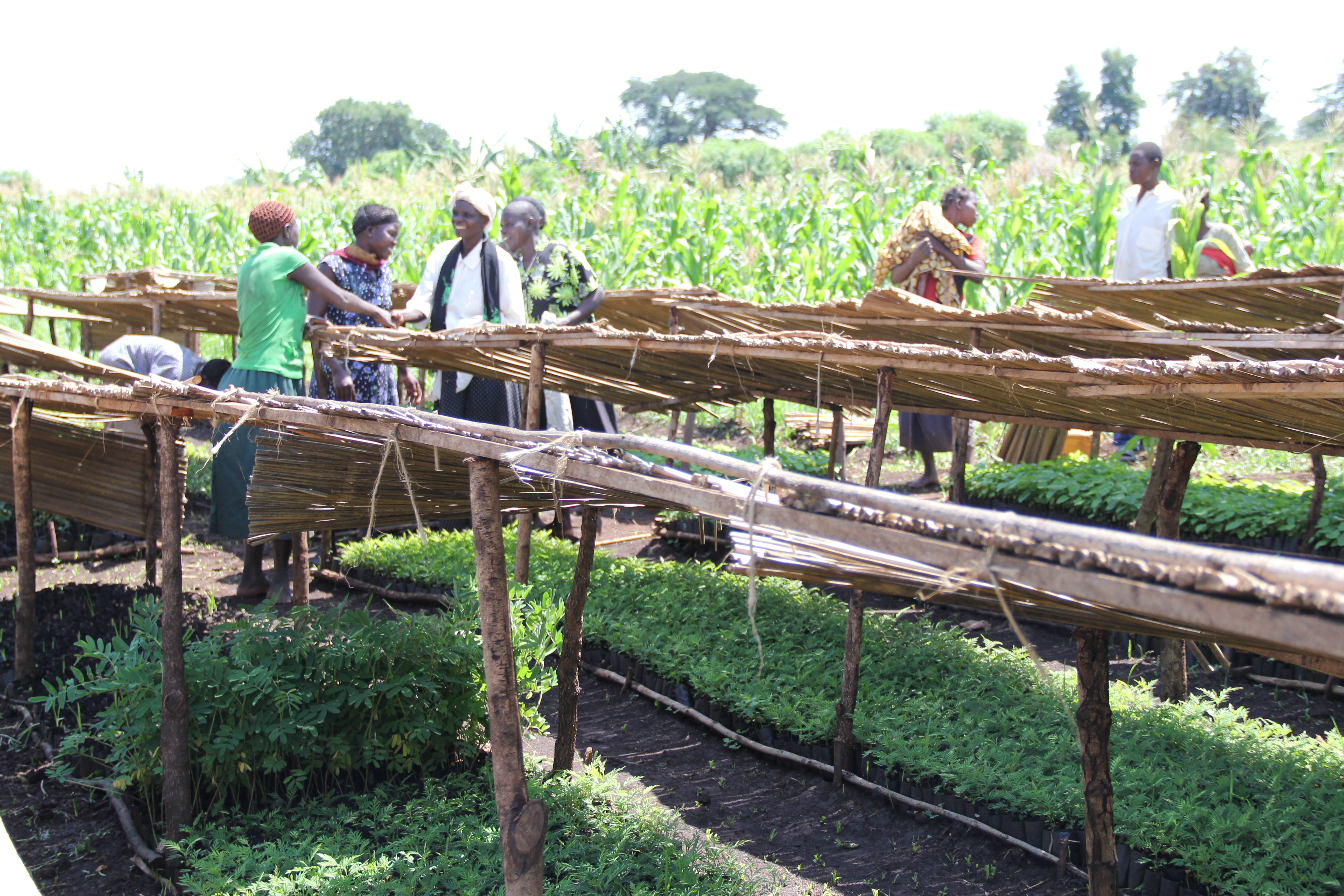

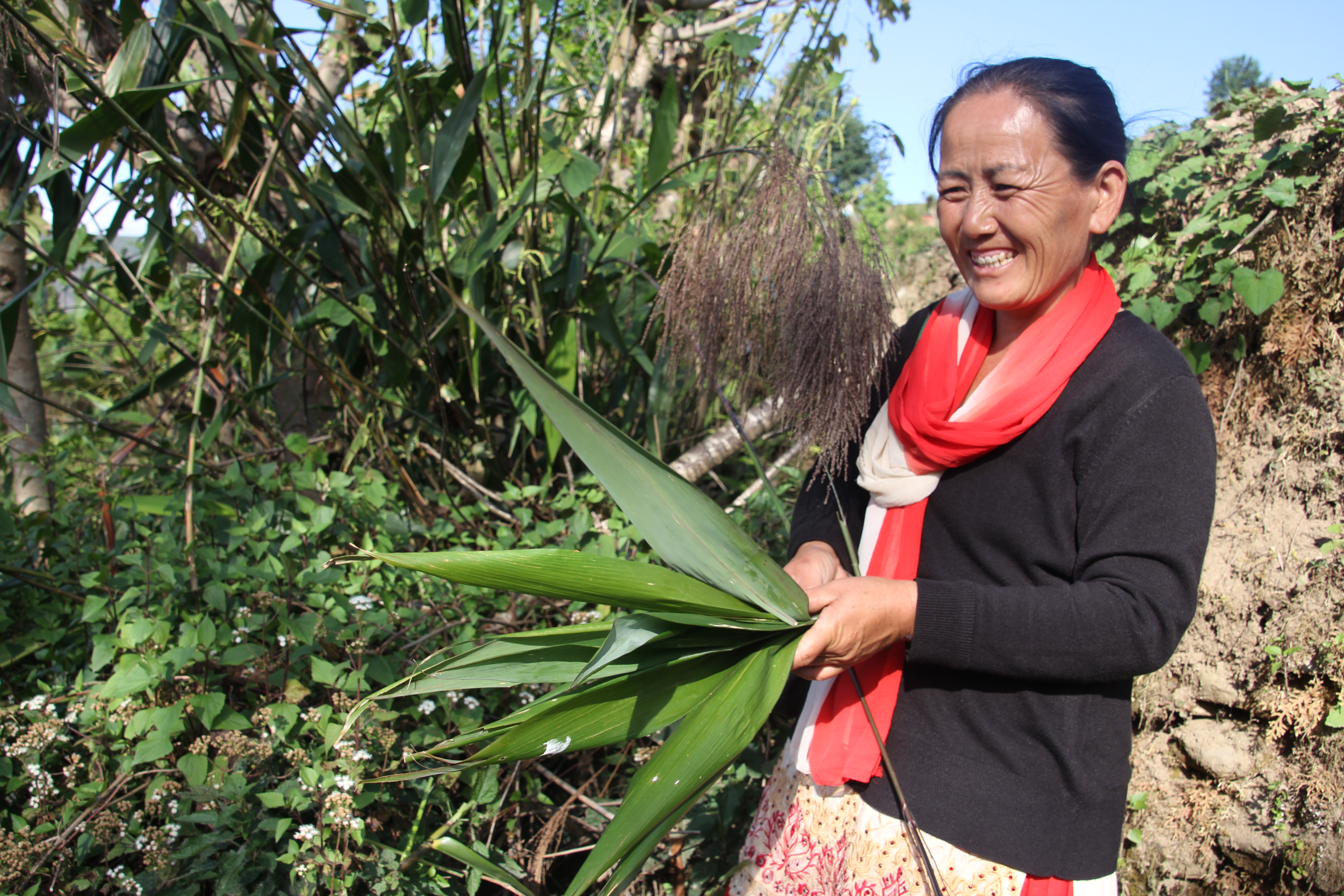
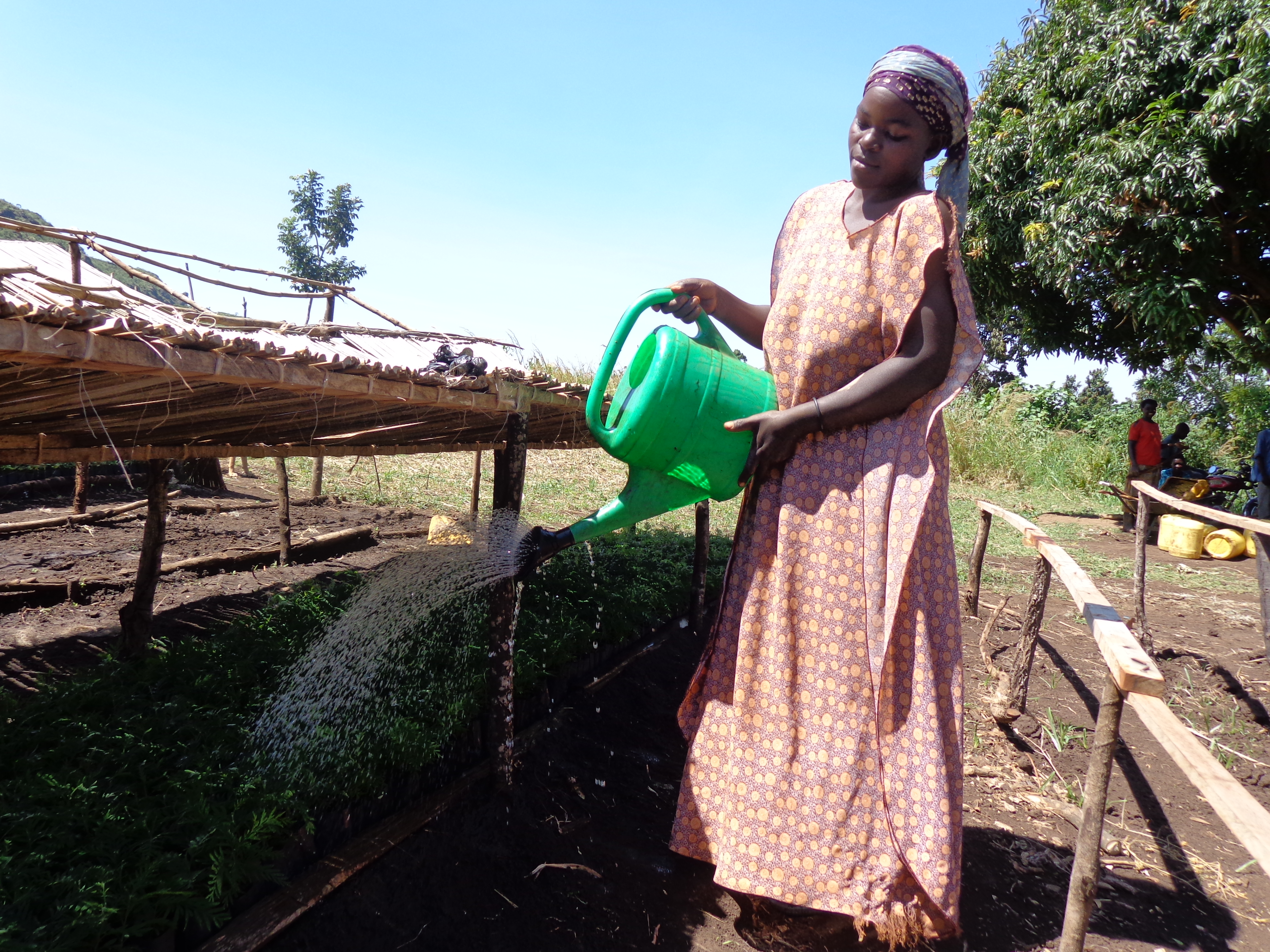
Assessments and Background Documents
Making the Case for Ecosystem-based Adaptation: The Global Mountain EbA Programme in Nepal, Peru and Uganda.
Project Brief / Fact Sheet
Learning Brief 4 - Making the case for policy change and financing for Ecosystem-based Adaptation
Learning Brief 3 - Making the economic case for Ecosystem-based Adaptation
Learning Brief 2 - Generating multiple benefits from Ecosystem-based Adaptation in Mountain Ecosystems
Learning Brief 1 - Introduction to Ecosystem-based Adaptation: A nature-based response to climate change
Training & Tools
UNEP-WCMC (2015) VIA Guidance Document: Executive Summary - RU
UNEP-WCMC (2015) VIA Guidance Document: Executive Summary - PT
UNEP-WCMC (2015) VIA Guidance Document: Executive Summary - SP
UNEP-WCMC (2015) VIA Guidance Document: Executive Summary - FR
Brochures, Posters, Communications Products
Mt EbA Programme (2014) Programme Brochure: Ecosystem-based Adaptation: Adapting to Climate Change in Mountain Ecosystems
UNEP (2010) Making the Case for Ecosystem-based Adaptation (Mt EbA Programme)
The Ecosystems-based Adaptation (EbA) in Mountains Programme is a global partnership jointly implemented by UNDP, UNEP and IUCN from 2011-2015, with funding from the Germany’s Federal Ministry for the Environment, Nature Conservation, Building and Nuclear Safety (BMUB). While global in scope, Uganda, Nepal and Peru were selected as pilot countries, due to their significant vulnerability to climate change, coupled with their endowment of fragile mountain ecosystems upon which a multitude of communities and economic activities depend.
The overarching Programme goal is to strengthen capacities of the involved governments and local communities to reduce vulnerability and increase resilience to the effects of climate change using EbA measures in targeted mountain ecosystems.
Expected programme results include:
- New and field tested methodologies and decision-making tools for EbA, including Vulnerability & Impact Assessments;
- Monitoring and Evaluation centered on ecosystem resilience; and
- Capacities and knowledge of all involved stakeholders (national, district and local level government, local communities and civil society organizations) will be enhanced for planning and implementing both early action “No Regrets” and longer-term EbA measures through pilot activities in target mountain ecosystems.
Based on evidence emerging from these processes, lessons will also be generated on how to use cost-benefit analyses to make an economic case for specific EbA measures. In close collaboration with key governments agencies, evidence and lessons will be generated on how to mainstream EbA into broader district and national policy and financing frameworks. These lessons can be scaled-up and shared as policy examples at regional and global levels beyond the three pilot countries. Overall, the resilience to climate change of targeted mountain ecosystems and their local custodians will be enhanced.
Outcome 1: Methodologies and tools for EbA decision making developed. The application of appropriate scientific methodologies and tools to assist decision makers on the effectiveness of the interventions is a critical ingredient of successful EbA approaches. In each pilot country, this outcome will finance a process that will assess, evaluate and develop appropriate methodologies for use in informing project adaptation actions. Additional results that will be generated include development of project baselines as well as comprehensive monitoring and evaluation mechanisms to monitor programme impacts. Indicators will be developed to specifically measure impacts related to ecosystem functioning and adaptive capacity.
Outcome 2: EbA methodologies and tools applied at ecosystem level. This outcome will finance the development of a capacity building approach that, in turn, will be used to apply the methodologies and tools developed under Outcome 1. In order to ensure sustainability in the use of the tools as well as ensuring that results from the programme are integrated in national processes, relevant stakeholders who were to be involved in the programme will be trained in the use and application of the tools.
Outcome 3: EbA pilot projects implemented in each pilot country and contributing towards ecosystem resilience and reduction of livelihood vulnerability in the face of climate change impacts. A number of EbA activities will be identified and selected for implementation based on the outputs of outcomes 1 and 2. In addition, 1) institutional roles and responsibilities for EbA will be agreed to by different stakeholders at all levels; 2) Institutional capacity of local governments and other key national institutions to plan, monitor and enforce EbA will be enhanced; 3) pilot projects focusing on water resources management and enhancement of soil conservation measures will be implemented; 4) market opportunities and access will be enhanced; and 5) lessons learned from pilot projects will be captured and disseminated.
Outcome 4: Business case for EbA at the local and national levels developed. To make an economic case for EbA, the project will identify and apply the best methods and practice for socio-economic evaluation of adaptation options. This will provide an economic justification for support from relevant government institutions for the use of EbA as a climate risk management strategy. To this end, i) an enabling environment for scaling-up EbA at national level will be created; and ii) information and capacities of key government stakeholders will be enhanced so as to integrate EBA into national development planning processes and climate change policies and strategies.
Outcome 5:New learning and knowledge on EbA generated. In early 2014, the scope of the Programme was expanded to include a new Learning and Knowledge Component. These new activities will strengthen learning about EbA at various levels namely 1) site level – i.e. the three pilot sites in Nor Yauyos-Cochas, Mount Elgon and Panchase – 2) country level (Peru, Uganda and Nepal), and 3) beyond (inter-country, regional and global levels). Systematization of generated information and learning wil be used by partners to generate new science, insights and messages that can influence policy and practice on EBA in mountain ecosystems and beyond. The application of methodologies and tools, combined with implementation of pilot activities, will enable the Programme to shorten the learning curve for local and national institutions, and fast-track the transfer of knowledge and experience in building ecosystem and social resilience to climate change.
The EbA Mountain Ecosystems Programme is working in designated project sites in Nepal, Peru, and Uganda.
CBA Guatemala: Soil Recovery with Organic Composting, Crop and Soil Conservation Structures in Pin Pin Canton
The Pin Pin community is located in the village of Las Majada in Guatemala’s Tacana municipality. Residents of this densely-populated area mainly rely on subsistence farming. Ecosystems have been degraded due to over-population and poor land distribution. In recent years, the community members have been overwhelmed by the droughts, floods, soil erosion and landslides brought on by the unpredictable climate change events. Decreased production yields and increased incidences of malaria and other health risks due to water contamination are threatening their livelihoods and existence. Additionally, the coniferous forest cover, which contributes to 80% of the productivity in the area, is continually decreasing, as it is non-tolerant of the new weather conditions.
This Community-Based Adaptation project aims to strengthen the Pin Pin community’s resilience to adverse impacts of climate change through reforestation and sustainable soil conservation practices. Community members were involved in the planning and implementation of the project. Tree nurseries are established using native seeds, and reforestation activities seek to cover degraded areas, enrich native forests, and provide energy reserves. Soil conservation practices will create barriers that decrease pressure from the agricultural frontier, using organic compost to improve crops and soil. Gender mainstreaming is a primary project focus, as women did not politically participate in the municipality before this project.
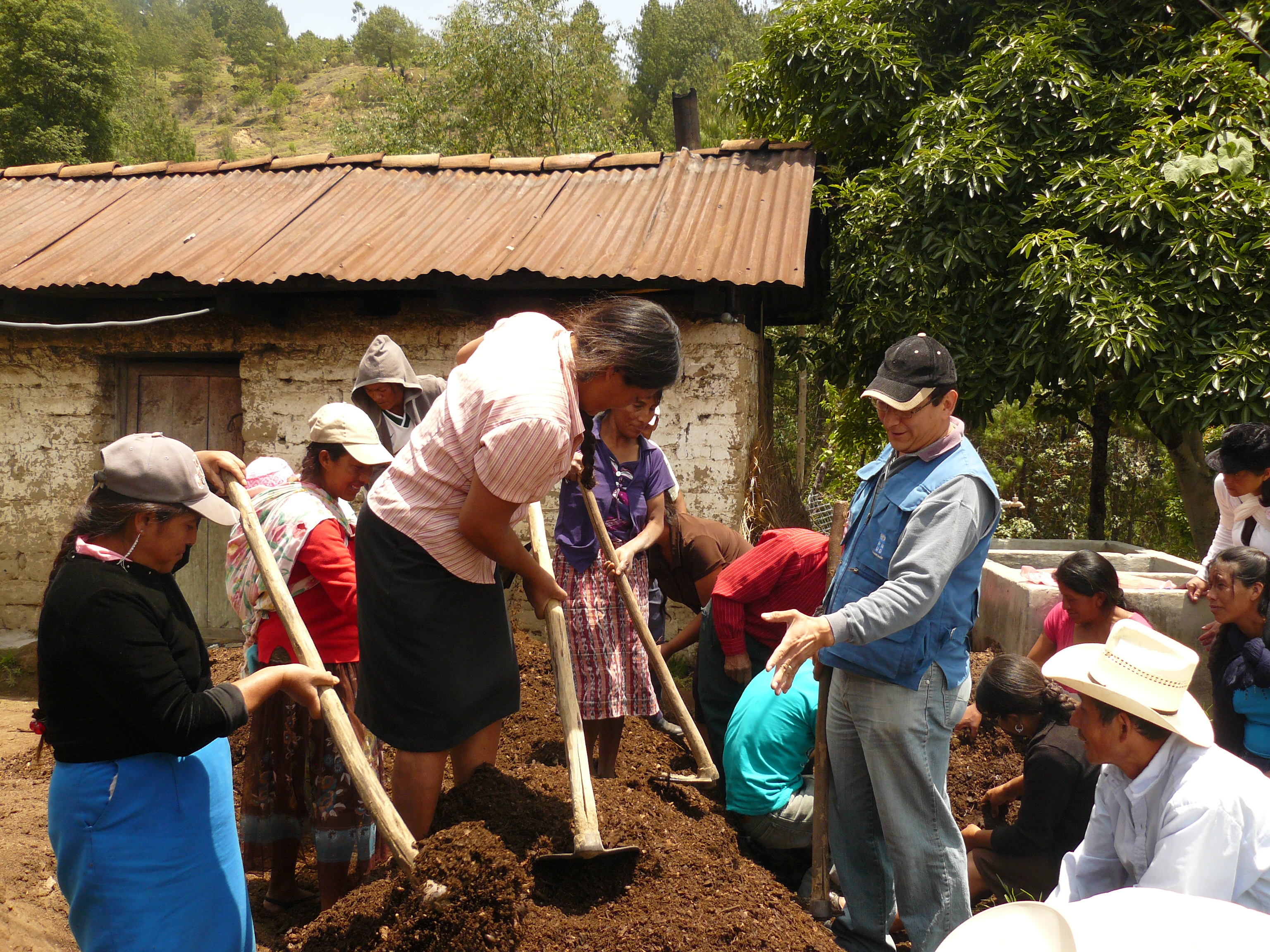
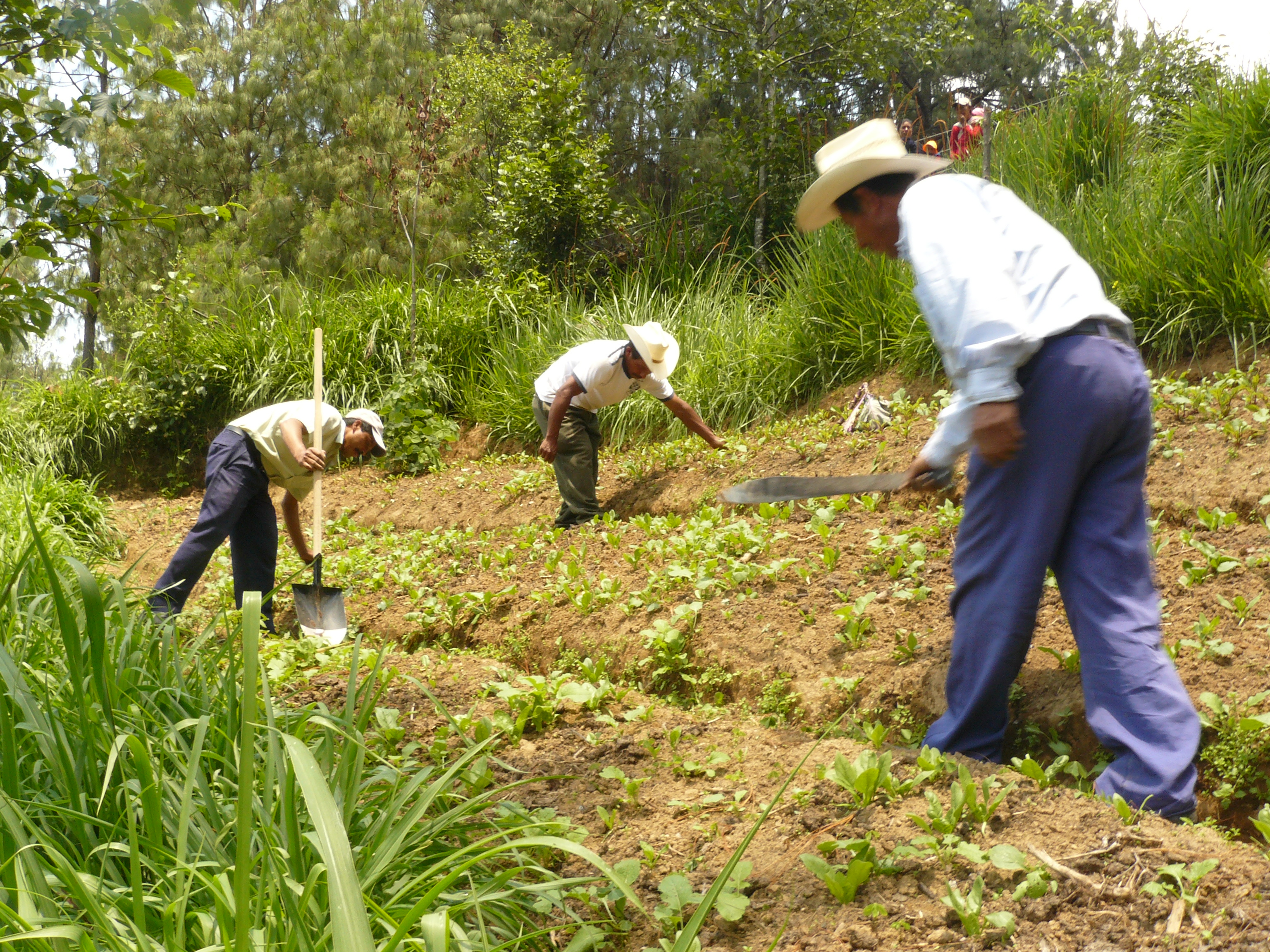
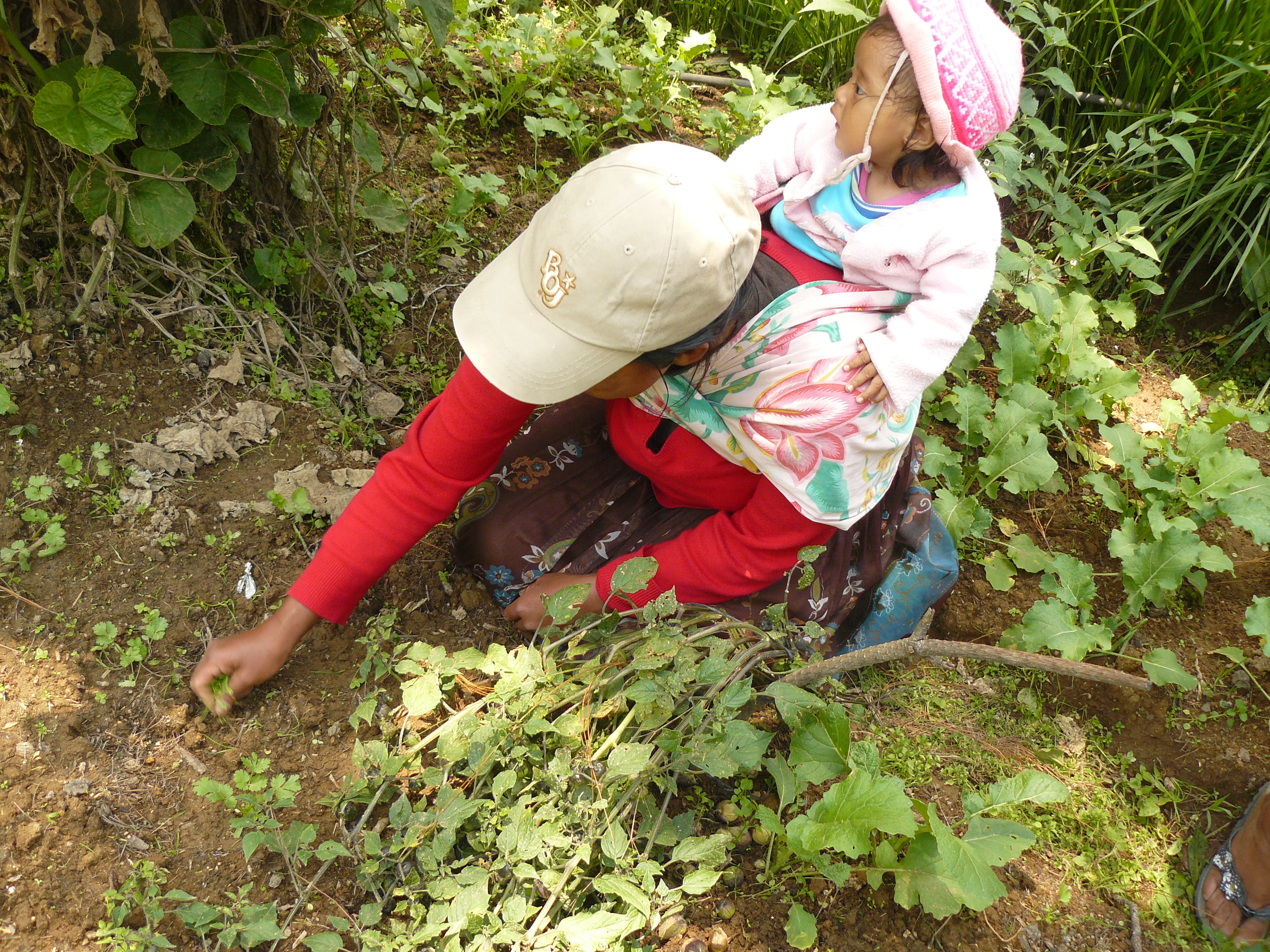
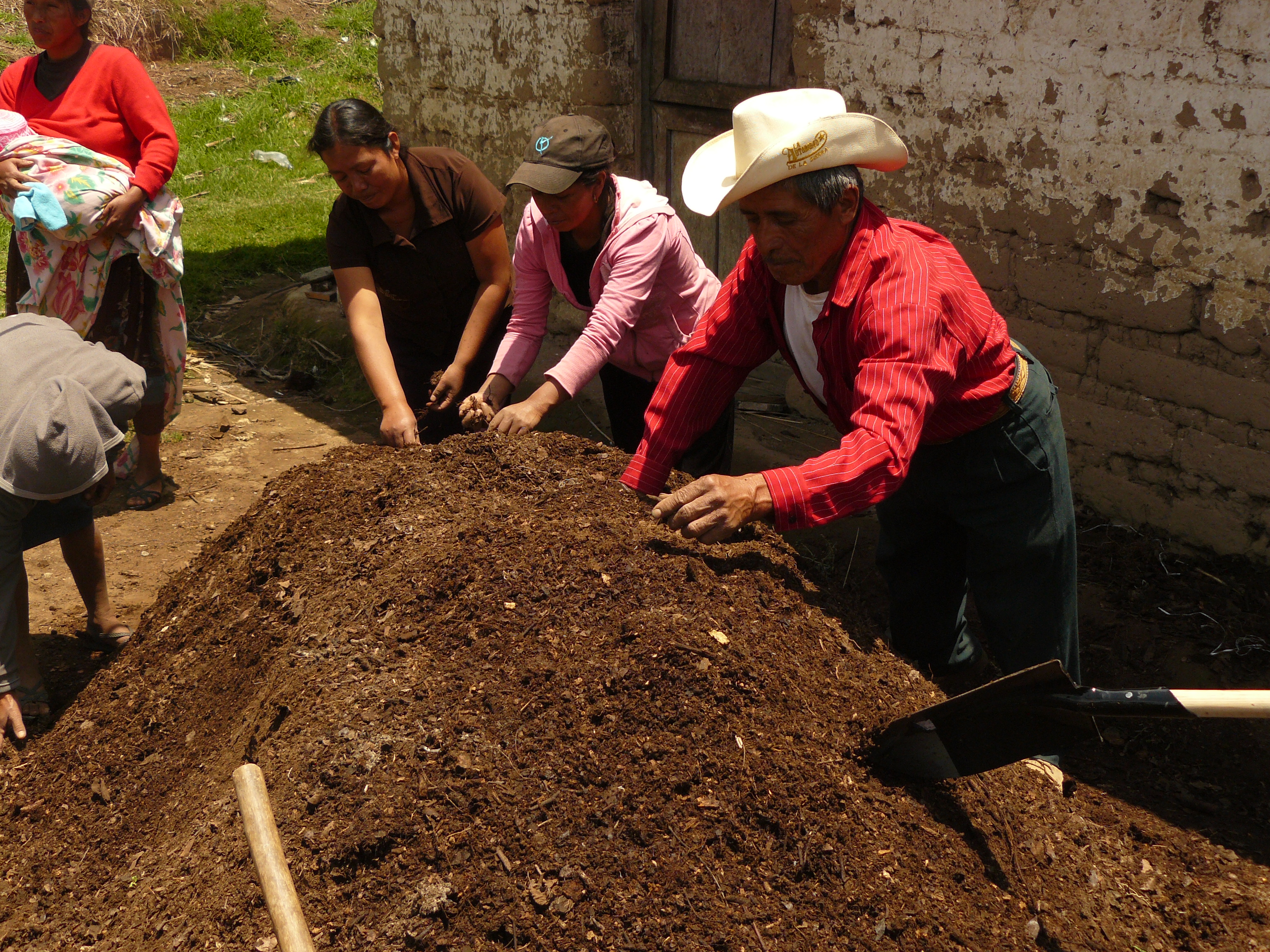
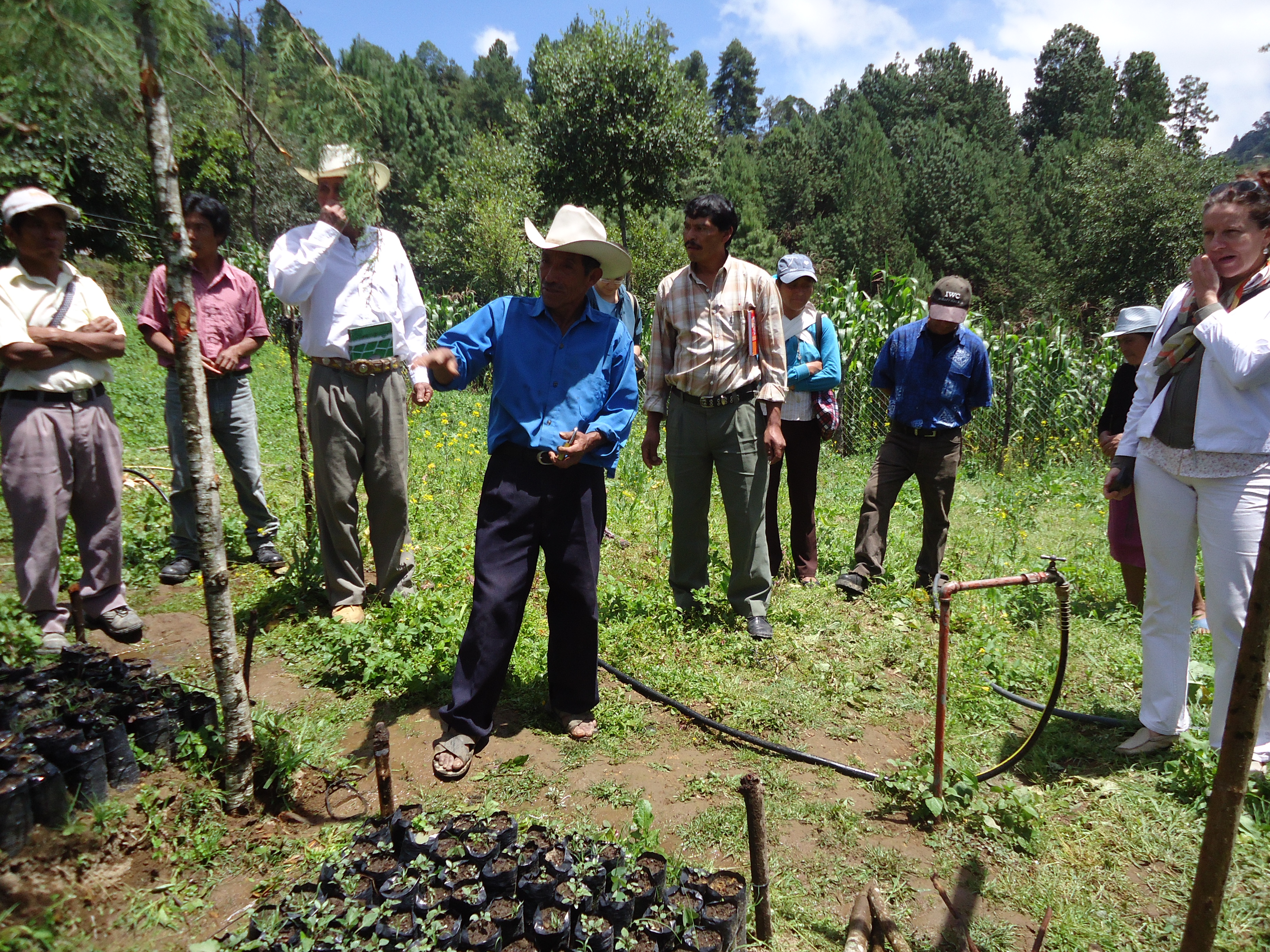

Project Brief / Fact Sheet
PIFs
By Guatemala’s Northwest border, the Pin Pin community is located in the village of Las Majada in the Tacana municipality. The project area is located in the river basins and surrounded by the Tacana volcano, which is the second highest peak in Central America at 4,060 meters. It is characterized by deeply dissected plutonic and metamorphic terrain, and a mountainous climate with high humidity.
Subsistence farming is the main economic activity in this densely-populated area. Local ecosystems have been degraded due to over-population and poor distribution of agricultural lands. Climate change events, such as heavy rainfall, hurricanes and the increasing recurrences of cold fronts brought on by the El Nino phenomenon in the winter season, as well as higher temperatures and extended range of the hottest months in the summer season, have all exacerbated the ecosystems’ fragility.
In recent years, community members have been overwhelmed by the droughts, floods, soil erosion and landslides brought on by unpredictable climate change events. Decreased production yields and increased incidences of malaria and other health risks due to water contamination are threatening their livelihoods and existence. Additionally, the coniferous forest cover, which contributes to 80% of the productivity in the area, is continually decreasing as it is non-tolerant of the new weather conditions. This negatively affects the regeneration, growth and production of fruits, corn and beans. Reduction in corn production is estimated at 15%, as well as a 66% reduction for beans. Lastly, the warming trend in the area interferes with the germination and other crucial life stages of endemic species.
This Community-Based Adaptation project aims to strengthen the Pin Pin Community’s resilience to adverse impacts of climate change through reforestation and sustainable soil conservation practices. Through a participatory approach, community members were involved in the planning and implementation of the project. Preservation of native seeds (Pinus Rudis (red pine), Oinus Ayachahuite (white pine), Alnus ssp (alder) and Quercus spp (oak)) in the region and establishment of tree nurseries are used for reforestation activities for the following outcomes: 1.) to recover degraded areas; 2.) to enrich the native forests, and 3.) to provide energy reserves. Soil conservation practices include improving ditches, terracing, using barriers to decrease pressure from the agricultural frontier, and using organic compost to improve crops and soil.
Gender mainstreaming is a heavy focus of this project as women did not politically participate in the municipality before this project. Best practices, including social inclusion approaches, will be integrated to the Municipal Development Strategic Plan (PEDM).
Project Objective:
Rescatar con acciones comunitarias organizadas, voluntarias, responsables y orientadas hacia la adaptación al cambio climático y sus impactos locales como perdida de semillas locales, mal régimen de lluvias y cambios bruscos en el clima, que a la vez permitan la conservación de los suelos y especies locales representativas con fines de alimentación, así como reforestar con árboles de interés económico local y global.
Outcome 1.0: La comunidad establece un vivero comunitario y produce especies nativas tales como Pinus rudis, (pino colorado) Pinus ayachahuite, (pino blanco), Alnus ssp. (aliso), Quercus ssp (encino-roble) principalmente.
- Output 1.1: Un vivero comunitario es instalado y funciona para los fines establecidos.
- Output 1.2: Son producidos 15,000 arbolitos de especies nativas para reforestar áreas de la comunidad de Pin Pin.
Outcome 2.0: Se construyen aboneras orgánicas que fertilizan y ayudan a la estructura de los suelos de los asociados y asociadas.
- Output 2.1: Dos capacitaciones técnicas sobre la construcción de aboneras a 20 socios y socias.
- Output 2.2: 20 aboneras son construidas, tienen mantenimiento y son aplicadas a los terrenos de los asociados y asociadas.
Outcome 3.0: Los asociados y asociadas han construido estructuras de conservación de suelos acordes a la situación de sus terrenos que mitigan el efecto del cambio climático en erosión y deslaves establecidas en 2.4 Has...
- Output 3.1: 20 socios y socias participan en capacitación sobre conservación de suelos mediante terrazas, acequias, barreras vivas o muertas.
- Output 3.2: 20 socios y socias realizan conservación de suelos aplicando los conocimientos adquiridos, estableciendo al menos .04 Has. de terrazas y .08 Has. utilizando barreras.
- Output 3.3: Las estructuras de conservación de suelos establecidas tienen mantenimiento.
Outcome 4.0: Los socios y socias se han capacitado sobre técnicas agrícolas de bajo impacto ambiental y con orientación a la producción orgánica.
- Output 4.1: 20 socios y socias son capacitados en la producción Papa (Solanum ssp.).
- Output 4.2: 20 socios y socias son capacitados en la técnica de rescate, conservación y producción de semillas criollas de granos básicos entre otras.
- Output 4.3: 20 socios y socias son capacitados en el uso y manejo adecuado de pesticidas.
- Output 4.4: 20 socios y socias son capacitados y producen abonos orgánicos.
- Output 4.5: 20 socios y socias son capacitados y producen foliares orgánicos.
Outcome 5.0: Los socios y socias han plantado la plantilla producida en el vivero (reforestación) con fines de proteger su microcuenca, obtener bosques energéticos y la protección de fuentes de agua.
- Output 5.1: 20 socios y socias reciben capacitaciones sobre reforestación.
- Output 5.2: 15,000 árboles son plantados de común acuerdo y tienen mantenimiento.
Outcome 6.0: El grupo ha sido fortalecido en conocimientos sobre adaptación y mitigación al cambio climáticos, biodiversidad y sobre organización.
- Output 6.1: Capacitación sobre cambio climático y adaptación al cambio climático, dirigida a 20 socios y socias son realizadas.
- Output 6.2: Capacitación sobre organización, género y violencia, comercialización y biodiversidad dirigida a 20 asociados y asociadas son realizadas.
Outcome 7.0: La organización ha sido fortalecida en su capacidad organizativa, administrativa y monitoreo.
- Output 7.1: 20 socios y socias son fortalecidos en su capacidad organizativa y participativa.
- Output 7.2: 20 socios y socias son fortalecidos en su capacidad administrativa.
- Output 7.3: Una organización es fortalecida en sus capacidades de monitoreo.
Monitoring and evaluation for community-based adaptation is a new field, and the CBA project is piloting innovative approaches to evaluating the success of locally-driven adaptation projects, and generating lessons to inform ongoing practice.
Key considerations in M&E for CBA include:
- Grounding M&E in the local context: M&E for CBA should avoid overly rigid frameworks, recognizing community heterogeneity and maintaining local relevance
- Capturing global lessons from local projects: CBA projects are highly contextualized, but lessons generated should be relevant to stakeholders globally
- Incorporation of both quantitative and qualitative indicators: to ground projects in tangible changes that can be objectively evaluated, and to capture lessons and case studies for global dissemination
To these ends, the CBA project uses three indicator systems: the Vulnerability Reduction Assessment, the Small Grants Programme Impact Assessment System, and the UNDP Climate Change Adaptation Indicator Framework.
The Vulnerability Reduction Assessment (VRA)
The VRA is a question-based approach with the following aims:
- To make M&E responsive to community priorities
- To use M&E to make projects more accountable to local priorities
- To make M&E capture community ideas and local knowledge
- To gather community-level feedback to guide ongoing project management
- To generate qualitative information
- To capture lessons on specific issues within community-based adaptation
- To generate case studies highlighting adaptation projects
The VRA follows UNDP's Adaptation Policy Framework, and is measured in a series of meetings with local community stakeholders. In these meetings, locally-tailored questions based on standard VRA questions/indicators are posed, and the community assigns a numerical score on a 1-10 scale for each question. Progress is evaluated through changes in scores over the course of implementation, as well as through qualitative data collected in community discussions surrounding the exercise.
UNDP has developed a Users Guide to the VRA (Espanol) (Francais) as a tool to assist practitioners to conceptualize and execute VRA measurements in the context of CBA projects.
The SGP Impact Assessment System (IAS)
The CBA, being a project of the GEF Strategic Priority on Adaptation, aims to increase the resilience of ecosystems and communities to the impacts of climate change, generating global environmental benefits, and increasing their resilience in the face of climate change impacts. To this end, the CBA projects use the SGP's impact assessment system for monitoring achievements in GEF focal areas (focusing primarily on biodiversity and sustainable land management).
The IAS is composed of a number of quantitative indicators which track biophysical ecosystem indicators, as well as policy impact, capacity development and awareness-building.
UNDP Climate Change Adaptation Indicator Framework
CBA projects also track quantitative indicators from UNDP's adaptation indicator framework, corresponding to the thematic area on natural resources management. More information on UNDP's indicator framework can be found on the UNDP climate change adaptation monitoring and evaluation website.
* This description applies to all projects implemented through UNDP's Community-Based Adaptation programme. Specific details on this project's M&E will be included here as they become available. *
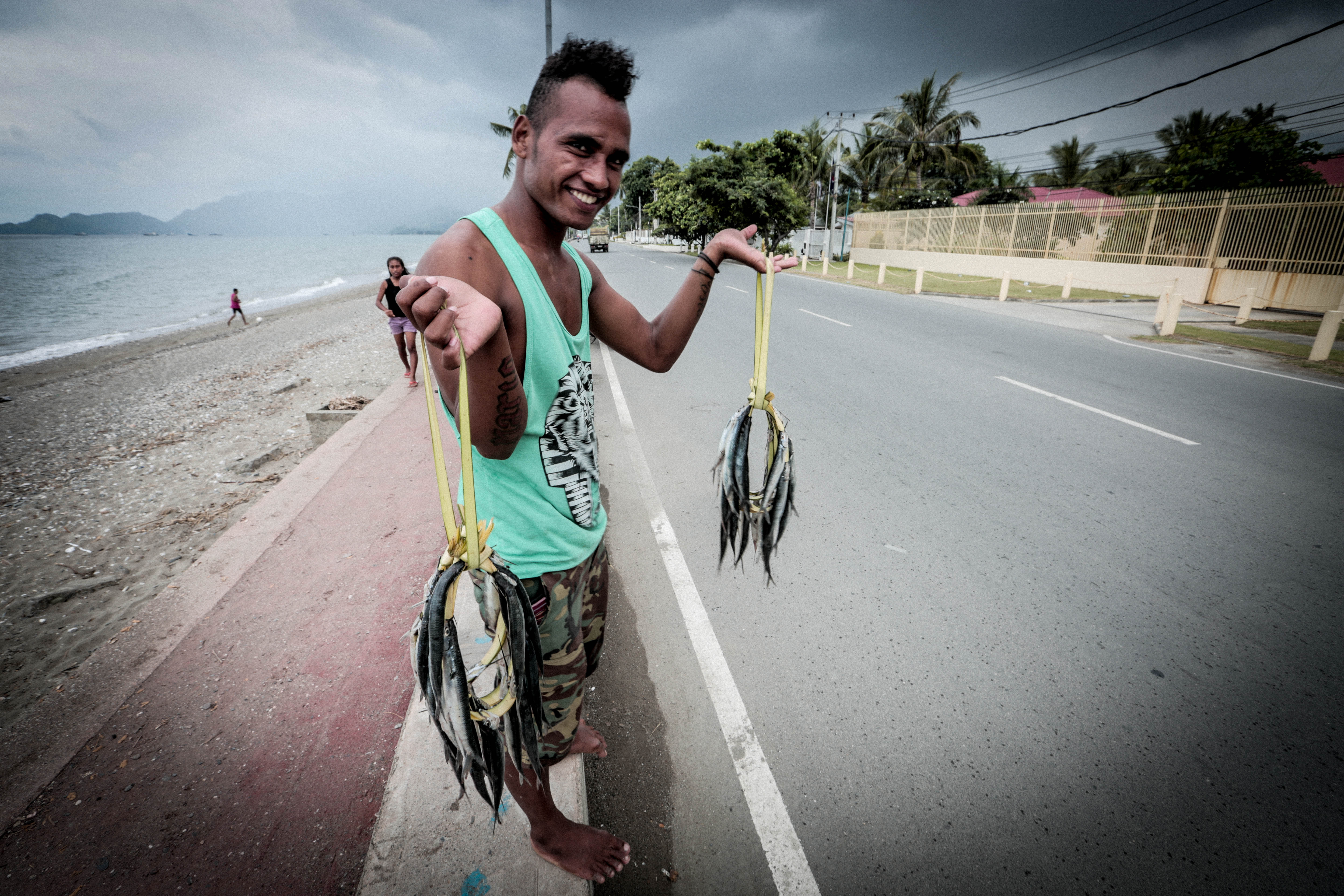
CBA Guatemala: Adapting to Climate Change through the Application of Green Forest Borders (ODICH)
In the San Marcos department of Northwestern Guatemala, the indigenous people (Mayan Mam) of the Chocabj community are faced with climate change variability that threatens their existence and the ecosystems they rely on. Erratic rainfall and droughts cause water shortage for human consumption and agriculture irrigation and the torrential rains cause landslides that put people’s lives in danger and natural resources in peril. Along with the rest of the Guatemala and other countries in Central America, the communities are still coping with damages from Hurricane Stan that have affected infrastructure, crops and water resources. With the continuous climate change impacts, the communities need to learn sustainable adaptive solutions to make them, and the ecosystems they rely on, resilient.
This Community-Based Adaptation project aims to reduce the community’s vulnerability to climate change through awareness-raising and capacity building workshops. Community members will develop an action plan on sustainable natural resource management (reforestation, soil conservation, terracing) and biodiversity conservation, which will be executed by the communities themselves with technical support and advice from UNDP and its partners including the implementing NGO.
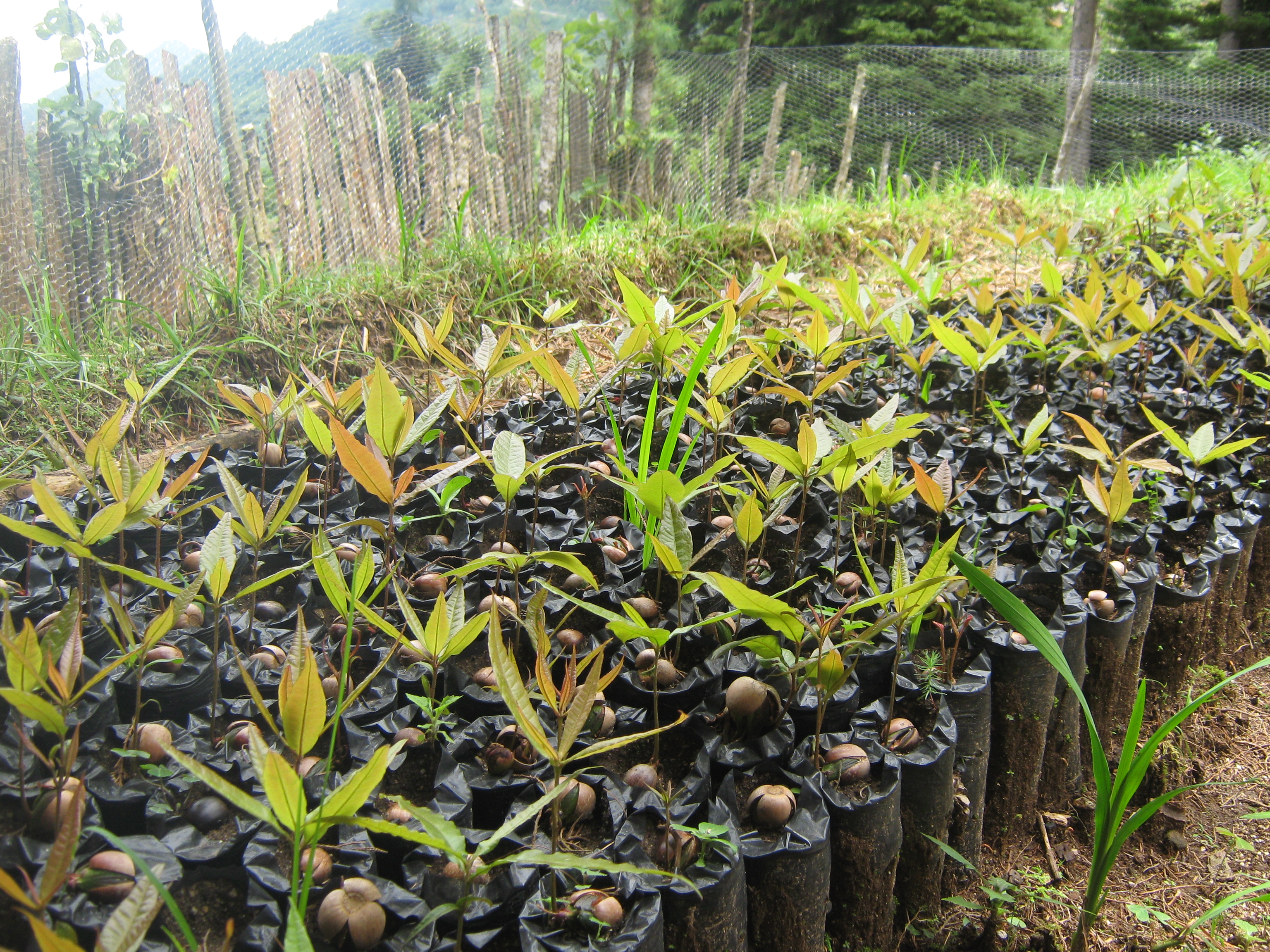
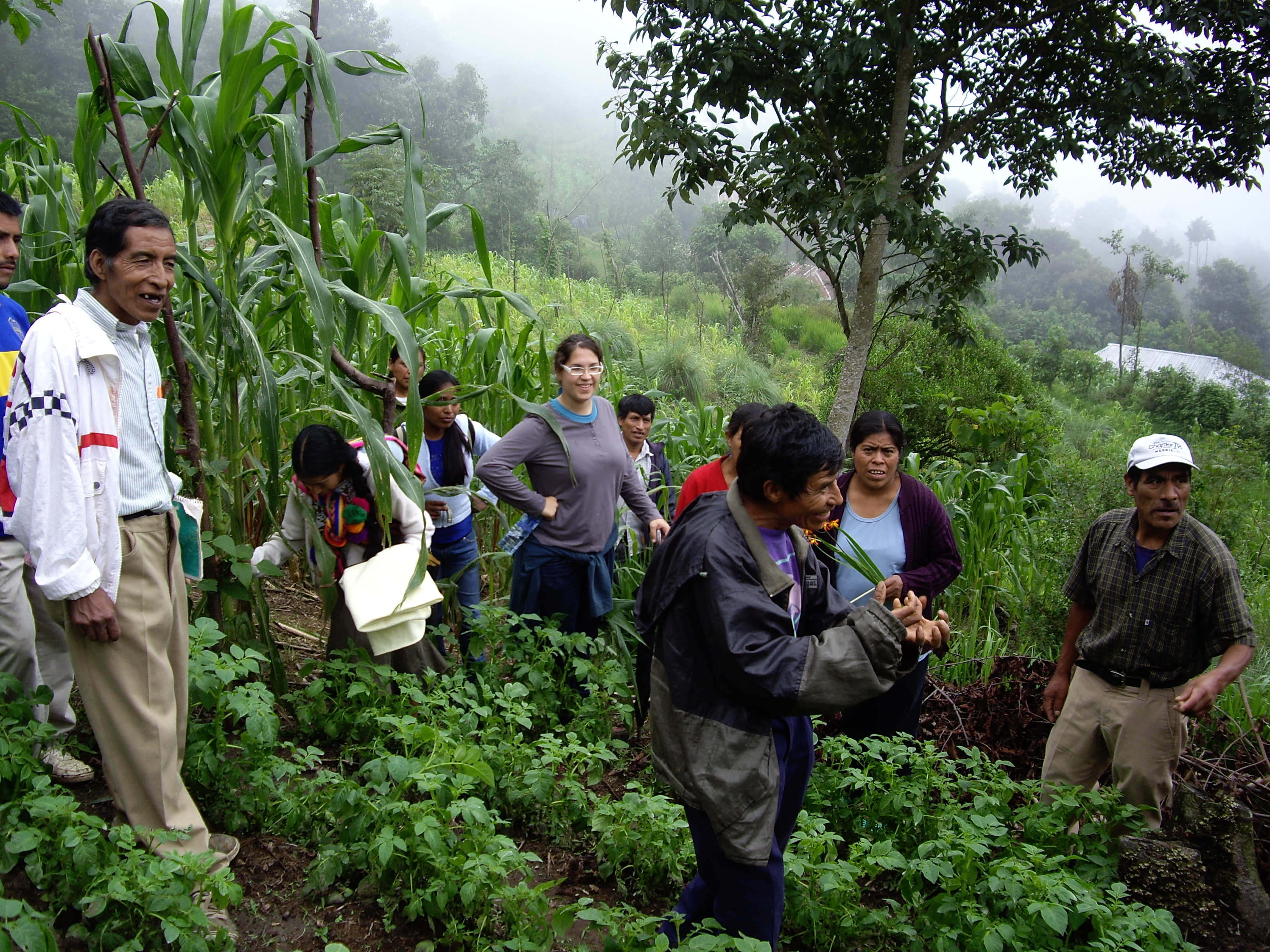
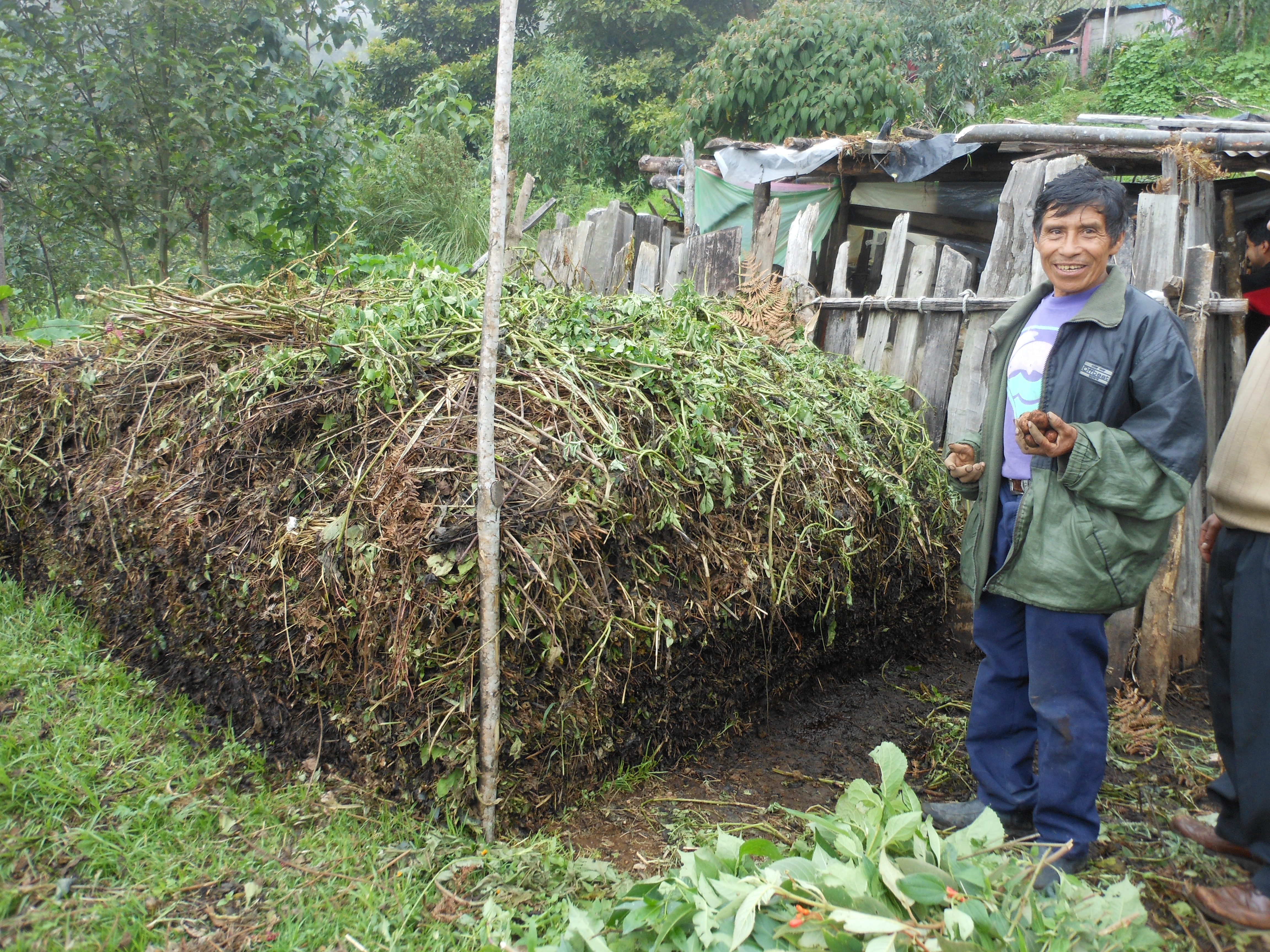
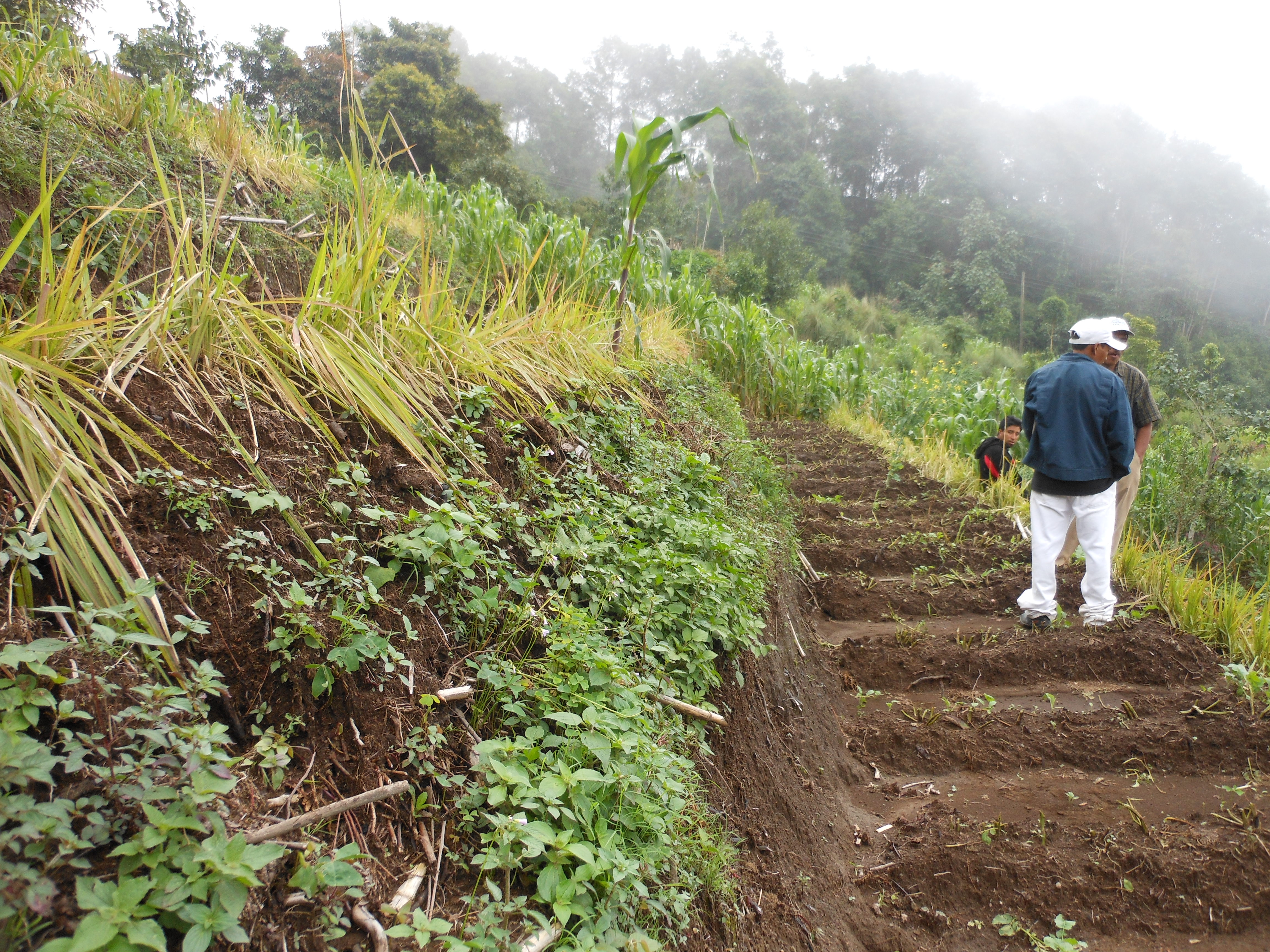
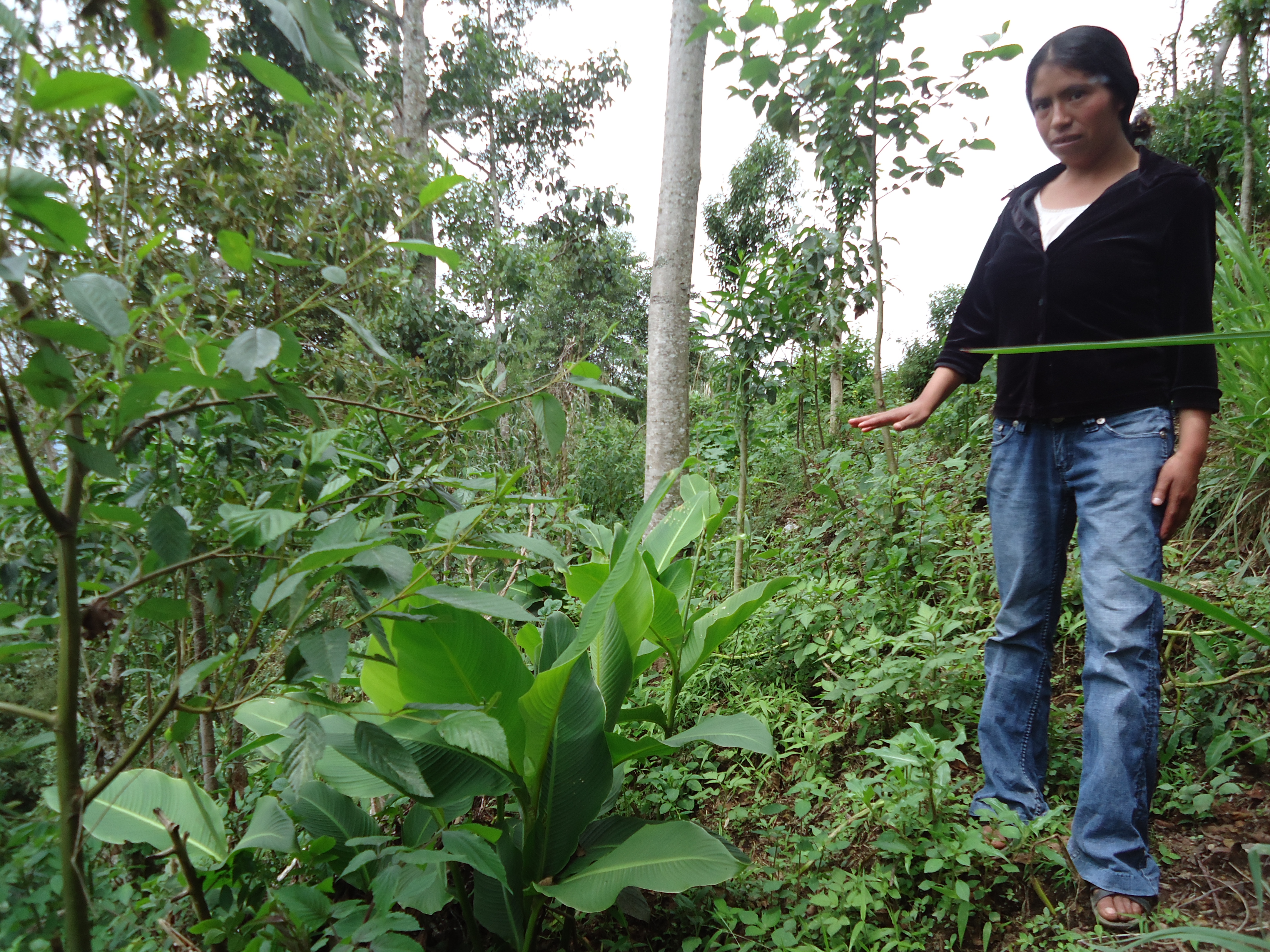
Project Brief / Fact Sheet
PIFs
In the San Marcos department of Northwestern Guatemala, the indigenous people (Mayan Mam) of the Chocabj community are faced with climate change variability that threaten their existence and the ecosystems they rely on. Erratic rainfall and droughts cause water shortage for human consumption and agriculture irrigation and the torrential rains cause landslides that put people’s lives in danger and natural resources in peril. Along with the rest of the Guatemala and other countries in Central America, the communities are still coping with damages from Hurricane Stan that have affected infrastructure, crops and water resources. With the continuous climate change impacts, the communities need to learn sustainable adaptive solutions to make them, and the ecosystems they rely on, resilient.
Another challenge in the project sites are the low literacy rate of the Mayan Mam people and the lack of gender equality. As reported by UNDP, the Mayan Mam has a literacy rate of 49.4% as compared to the national level rate of 69.1%. Mayan Mam men have a 61.7% literacy rate and the women, a 38.5% rate. The community members do not understand climate change, but do acknowledge that they need to cope with its impacts in a sustainable manner. Additionally, according to the Economic Commission for Latin America and the Carribean (ECLAC), life expectancy for women is higher by 10% than that of a man with 67.2 years for women and 61.4 years for men. With marginalized women representing 52% of the community’s population, the current and future generations are highly vulnerable to climate change adverse impacts.
In this regard, the Community-Based Adaptation project aims to reduce the community’s vulnerability to climate change by through awareness-raising and capacity building workshops. Through a participatory approach, an action plan on sustainable natural resource management (reforestation, soil conservation, terracing) and biodiversity conservation are developed and executed by the communities themselves with technical support and advice from UNDP and its partners including the implementing NGO. Gender mainstreaming, volunteerism and social inclusion are big focuses of the project. Irrespective of age, gender and physical and mental abilities, every member of the community has a voice and a role in the project as they contribute critical knowledge to the project. Best practices and lessons learned from the project are disseminated and replicated in other communities to help them adapt to climate change. Additionally, the project’s successes are upscaled and aimed to influence policies at the local and national levels.
Project Objective:
Develop organized community actions, voluntary and responsible facing climate change and local impacts such as landslides, poor rainfall, reduced water sources and sudden changes in climate, which in turn allow soil conservation and species local representative, with local and global economic interests.
Outcome 1.0: The community established a community nursery and produces native species such as Pinus rudis (red pine) Pinusayachahuite (white pine), Alnus ssp. (Alder), Chiratodendrum pentadactylla (canaque) mainly.
Output 1.1: A community nursery is installed and working for the purposes stated.
Output 1.2: Are produced 10.000 trees of native species to reforest areas Chocabj community.
Outcome 2.0: 26 are constructed organic composting and help fertilize the soil structure of partners and associates.
Output 2.1: Technical training on the construction of composting to 26 partners and associates.
Output 2.2: 26 aboneras are built, they are applied to maintenance and grounds partners and associates.
Outcome 3.0: The partners and associates have built 3.5 hectares. of soil conservation structures commensurate with the status of their land as a measure of adaptation to climate change in erosion and landslides.
Output 3.1: 26 partners and members participate in a training process on soil conservation through terracing, ditches, hedgerows or dead.
Output 3.2: 26 partners and members have soil conservation by applying the knowledge gained by establishing at least 1.2 hectares.terraces and 2.4 hectares. using barriers.
Output 3.3: The soil conservation structures have established maintenance.
Outcome 4.0: The partners and associates have been trained in agricultural techniques with low environmental impact and oriented to organic production.
Output 4.1: 26 partners and associates are trained in production Creole potato (Solanum spp.).
Output 4.2: 26 members are trained in the art of producing Lumbricompost.
Output 4.3: 26 partners and associates are trained in the proper use and handling of pesticides.
Output 4.4: 26 partners and associates are trained in the production of organic fertilizers.
Output 4.5: 26 partners and associates are trained in the production of organic leaf.
Outcome 5.0: The partners and associates have planted the template produced in the nursery (reforestation), reforesting 10 hectares.purpose of protecting its watershed, obtain energy forests and protection of water sources.
Output 5.1: 26 partners and members receive training on reforestation.
Output 5.2: 10,000 trees are planted in agreement and have maintenance.
Outcome 6.0: The group has been strengthened knowledge on adaptation and mitigation of climate change and organization.
Output 6.1: Training on climate change and adaptation to climate change, led to 26 partners and associates are made.
Output 6.2: Training and marketing organization, led to 26 partners and associates are made.
Outcome 7.0: The organization has been strengthened in its administrative and operational capacity.
Output 7.1: 26 partners and members are strengthened in their capacity for monitoring and tracking.
Output 7.2: 26 partners and members are strengthened in their administration.
Output 7.3: A board is strengthened in its capabilities.
Monitoring and evaluation for community-based adaptation is a new field, and the CBA project is piloting innovative approaches to evaluating the success of locally-driven adaptation projects, and generating lessons to inform ongoing practice.
Key considerations in M&E for CBA include:
- Grounding M&E in the local context: M&E for CBA should avoid overly rigid frameworks, recognizing community heterogeneity and maintaining local relevance
- Capturing global lessons from local projects: CBA projects are highly contextualized, but lessons generated should be relevant to stakeholders globally
- Incorporation of both quantitative and qualitative indicators: to ground projects in tangible changes that can be objectively evaluated, and to capture lessons and case studies for global dissemination
To these ends, the CBA project uses three indicator systems: the Vulnerability Reduction Assessment, the Small Grants Programme Impact Assessment System, and the UNDP Climate Change Adaptation Indicator Framework.
The Vulnerability Reduction Assessment (VRA)
The VRA is a question-based approach with the following aims:
- To make M&E responsive to community priorities
- To use M&E to make projects more accountable to local priorities
- To make M&E capture community ideas and local knowledge
- To gather community-level feedback to guide ongoing project management
- To generate qualitative information
- To capture lessons on specific issues within community-based adaptation
- To generate case studies highlighting adaptation projects
The VRA follows UNDP's Adaptation Policy Framework, and is measured in a series of meetings with local community stakeholders. In these meetings, locally-tailored questions based on standard VRA questions/indicators are posed, and the community assigns a numerical score on a 1-10 scale for each question. Progress is evaluated through changes in scores over the course of implementation, as well as through qualitative data collected in community discussions surrounding the exercise.
UNDP has developed a Users Guide to the VRA (Espanol) (Francais) as a tool to assist practitioners to conceptualize and execute VRA measurements in the context of CBA projects.
The SGP Impact Assessment System (IAS)
The CBA, being a project of the GEF Strategic Priority on Adaptation, aims to increase the resilience of ecosystems and communities to the impacts of climate change, generating global environmental benefits, and increasing their resilience in the face of climate change impacts. To this end, the CBA projects use the SGP's impact assessment system for monitoring achievements in GEF focal areas (focusing primarily on biodiversity and sustainable land management).
The IAS is composed of a number of quantitative indicators which track biophysical ecosystem indicators, as well as policy impact, capacity development and awareness-building.
UNDP Climate Change Adaptation Indicator Framework
CBA projects also track quantitative indicators from UNDP's adaptation indicator framework, corresponding to the thematic area on natural resources management. More information on UNDP's indicator framework can be found on the UNDP climate change adaptation monitoring and evaluation website.
* This description applies to all projects implemented through UNDP's Community-Based Adaptation programme. Specific details on this project's M&E will be included here as they become available. *






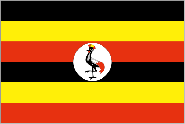

 Press Release - Developing of Impact Indicators for the Ecosystem-based Adaptation Project in Uganda takes off, 31 Jul 2014
Press Release - Developing of Impact Indicators for the Ecosystem-based Adaptation Project in Uganda takes off, 31 Jul 2014